As a nonprofit organization, email newsletters are one of the most powerful tools you have to engage with your audience, share your mission and impact, and ultimately drive donations and support. However, creating an effective newsletter can be a challenge, as it requires balancing your organizational goals with your audience’s interests and preferences.
In this article, we’ll explore 18 proven ideas for crafting effective nonprofit newsletters that resonate with your audience and drive results. From using clear and concise subject lines to incorporating social proof and storytelling, we’ll cover a range of strategies and tactics that can help take your email newsletter to the next level.
We understand that nonprofits have unique challenges and constraints when it comes to email marketing, from limited budgets and resources to navigating complex regulations and compliance requirements. That’s why we’ve tailored these ideas specifically for nonprofits, with practical tips and examples that you can implement right away to improve your newsletter strategy.
Whether you’re just starting out with email marketing or looking to refine your existing strategy, this article is designed to help you wield the power of email and drive meaningful engagement with your supporters. So, grab a cup of coffee, sit back, and let’s dive into 18 ideas for crafting effective nonprofit newsletters.
1. Write Clear, Concise Subject Lines
In the world of nonprofit newsletters, a powerful subject line can be the difference between engaging your audience and getting lost in their inboxes. A strong subject line sets the stage for the content inside, sparking curiosity and ultimately increasing open rates. Here are some tips to create an impactful subject line for your nonprofit newsletter:
- Be specific: Your subject line should convey the key message or theme of your newsletter. Consider using statistics or highlighting your nonprofit’s achievements to pique the interest of your subscribers.
- Example: “12,000 Meals Served: Our Impact in March!”
- Evoke emotion: Tugging at the heartstrings of your readers can be an effective way to get their attention.
- Example: “Meet Sarah: A Life Transformed by Your Support”
- Use action words: Encourage your subscribers to take action by incorporating powerful verbs.
- Example: “Join Us in the Fight Against Poverty”
- Keep it short: A concise subject line is easier to read and comprehend, especially on mobile devices. Aim for 50 characters or less.
- Test variations: Experiment with different subject lines and analyze the open rates to determine what works best for your audience.
A carefully crafted subject line is the gateway to a successful nonprofit newsletter. With these tips, you can entice your subscribers to dive into your content and become more engaged with your organization’s mission.
2. Make it Personal
Personalizing your nonprofit newsletter can be a game-changer in establishing a strong connection with your subscribers. By addressing them by name and tailoring content to their interests, you demonstrate that you value their individuality and foster a sense of belonging. Implement the following tips to create a personalized newsletter experience:
- Use merge tags: Most email marketing platforms offer merge tags that allow you to insert your subscriber’s name into the greeting or subject line, making the email feel like it was crafted just for them.
- Example: “Dear [First Name], your support made a difference!”
- Segment your audience: Group your subscribers based on their interests, past interactions, or donation history to deliver targeted content that resonates with them.
- Donors: “Your contributions helped us reach our fundraising goal!”
- Volunteers: “Discover new volunteer opportunities near you”
- Share relevant success stories: Include stories that are most likely to resonate with each subscriber, reinforcing the impact of their support.
- Example: If a subscriber has shown interest in educational programs, feature a story about a student who benefited from your organization’s initiatives.
- Offer tailored calls-to-action: Customize your CTAs based on the subscriber’s previous engagement, encouraging them to take the next step.
- First-time donors: “Double your impact with a monthly donation”
- Long-term supporters: “Become an ambassador for our cause”
By personalizing your nonprofit newsletter, you cultivate a deeper connection with your audience, increasing their engagement and willingness to support your mission.
3. Segment Your Audience
Audience segmentation is crucial for delivering relevant and engaging content to your nonprofit newsletter subscribers. By dividing your audience into specific groups, you can cater to their unique needs, boosting open rates and fostering stronger connections. Here’s how to leverage segmentation for your nonprofit newsletter:
- Identify key segments: Consider your subscribers’ behavior, interests, and history with your organization to create meaningful segments.
- Examples: Donors, volunteers, event attendees, newsletter-only subscribers
- Craft targeted content: Create tailored content for each segment that addresses their specific interests and motivations.
- Donors: Highlight the impact of their contributions
- Volunteers: Share upcoming volunteer opportunities and appreciation stories
- Use dynamic content: Some email marketing platforms enable you to include dynamic content blocks that automatically adjust based on the subscriber’s segment, allowing you to create personalized newsletters without duplicating your efforts.
- Monitor engagement: Keep track of how different segments interact with your newsletter, and adjust your approach accordingly to maximize engagement.
Potential benefits of audience segmentation for nonprofit newsletters:
- Higher open and click-through rates: Subscribers are more likely to engage with content that speaks to their interests and experiences.
- Better donor retention: Tailored communication can help maintain a strong connection with your supporters and encourage continued giving.
- Efficient use of resources: By targeting your efforts, you can allocate your resources more effectively and make a greater impact.
Incorporating audience segmentation into your nonprofit newsletter strategy is a powerful way to enhance engagement and foster a sense of community among your supporters, ultimately driving your organization’s mission forward.
4. Keep It Short and Focused
In the fast-paced digital age, capturing your audience’s attention is more challenging than ever. A succinct and focused nonprofit newsletter ensures your subscribers remain engaged while quickly conveying your message. Adopt these strategies to create compelling and concise newsletters:
- Prioritize content: Highlight the most important information and stories, so readers can easily grasp the key points.
- Examples: Major accomplishments, upcoming events, urgent calls-to-action
- Use bullet points: Break down complex information into digestible, easy-to-read bullet points.
- Limit sections: Organize your newsletter into a few distinct sections to avoid overwhelming your readers.
- Suggested sections: Success stories, upcoming events, ways to get involved
- Embrace white space: Incorporate ample white space in your newsletter design to make it visually appealing and easier to read.
- Set a word limit: Establish a word limit for each section, helping you maintain brevity and focus.
Benefits of a concise nonprofit newsletter:
- Higher engagement: Short and to-the-point newsletters are more likely to be read, increasing the likelihood of subscribers taking action.
- Better readability: A well-organized and concise newsletter enhances readability, ensuring your message is effectively communicated.
- Time efficiency: By keeping your newsletter brief, you save your subscribers’ time and respect their busy schedules.
In summary, crafting a concise and focused nonprofit newsletter not only respects your subscribers’ time but also increases the chances of your message resonating with them, ultimately driving engagement and support for your cause.
5. Add High-Quality Images
Visual storytelling is a powerful tool for engaging your nonprofit newsletter subscribers. Including captivating images not only enhances your content’s appeal but also reinforces your message and creates a lasting impression. Follow these tips to incorporate compelling visuals into your newsletter:
- Choose images with purpose: Select photos that convey emotions, showcase your organization’s impact, or highlight community involvement.
- Examples: Smiling beneficiaries, volunteers in action, successful events
- Prioritize quality: Opt for high-resolution images that look professional and visually appealing, ensuring your newsletter maintains a polished appearance.
- Be mindful of size: Compress images to reduce file size and loading times, providing a better user experience for your subscribers.
- Use captions: Add descriptive captions to provide context and enhance the storytelling aspect of your images.
- Maintain brand consistency: Align your visual content with your organization’s branding guidelines, reinforcing your identity and fostering recognition.
Benefits of using compelling images in nonprofit newsletters:
- Increased engagement: Eye-catching visuals can help capture your subscribers’ attention, encouraging them to read further.
- Emotional connection: Images can evoke emotions that resonate with your subscribers, fostering a deeper connection with your cause.
- Enhanced storytelling: Powerful images can help tell your organization’s story, highlighting your mission’s impact and inspiring support.
Incorporating high-quality, purposeful images into your nonprofit newsletter can significantly enhance your message’s effectiveness and leave a lasting impression on your subscribers, ultimately driving engagement and support for your cause.
6. Include a Clear Call-to-Action
A well-crafted call-to-action (CTA) can inspire your nonprofit newsletter subscribers to engage with your organization and contribute to your mission. By providing clear, actionable steps, you can guide your audience toward making a positive impact. Implement these strategies to create effective CTAs for your newsletter:
- Be specific: Clearly define the action you want your subscribers to take, leaving no room for ambiguity.
- Examples: “Donate now,” “Sign up to volunteer,” “Register for our event”
- Highlight benefits: Emphasize the value or impact that taking action will have, encouraging subscribers to get involved.
- Example: “Support our cause and help change lives”
- Create urgency: Instill a sense of urgency by including time-sensitive language or deadlines.
- Example: “Donate before midnight to have your gift matched”
- Use bold design elements: Make your CTA stand out with contrasting colors, bold fonts, or eye-catching buttons.
- Limit choices: Focus on one primary CTA per newsletter to avoid overwhelming subscribers with multiple options.
Advantages of a clear call-to-action in nonprofit newsletters:
- Increased engagement: A well-defined CTA encourages subscribers to interact with your organization, boosting overall engagement.
- Measurable impact: By tracking clicks or conversions on your CTAs, you can measure your newsletter’s effectiveness and adjust your approach accordingly.
- Amplified mission: A strong CTA can inspire your audience to take action and contribute to your nonprofit’s goals.
In conclusion, incorporating a clear and compelling call-to-action in your nonprofit newsletter is essential for driving engagement and motivating your subscribers to support your organization’s mission.
7. Share Success Stories
Success stories are a powerful way to demonstrate your nonprofit’s impact, inspire supporters, and foster a sense of pride and accomplishment within your community. Including these stories in your newsletter can boost engagement and drive further support. Here’s how to effectively share success stories in your nonprofit newsletter:
- Focus on individuals: Personalize your success stories by featuring the individuals who have directly benefited from your organization’s efforts.
- Example: “Meet John: How Our After-School Program Helped Him Excel”
- Highlight tangible results: Showcase specific, measurable outcomes that demonstrate the impact of your organization’s work.
- Example: “Transforming Lives: 500 Families Lifted Out of Poverty”
- Include visuals: Complement your stories with compelling photos or videos that bring the narrative to life.
- Share behind-the-scenes details: Offer insights into the challenges overcome and the strategies employed, allowing subscribers to better understand your organization’s efforts.
- Encourage sharing: Invite your subscribers to share your success stories on social media to increase visibility and reach a wider audience.
Benefits of sharing success stories in nonprofit newsletters:
- Boosts engagement: Compelling narratives can capture the attention of subscribers, prompting them to explore your newsletter further.
- Reinforces donor impact: Success stories help donors see the difference their contributions are making, fostering a sense of loyalty and encouraging continued support.
- Inspires action: By showcasing the positive outcomes of your organization’s work, subscribers may feel more motivated to get involved and contribute to your cause.
Incorporating success stories into your nonprofit newsletter not only demonstrates your organization’s impact but also strengthens connections with your audience, fostering a supportive community committed to your mission.
8. Provide Helpful Resources
Offering valuable information in your nonprofit newsletter can strengthen your relationship with subscribers, positioning your organization as a trusted resource. By sharing relevant tips and resources, you can demonstrate your expertise and deepen your audience’s understanding of your cause. Consider the following approaches to provide valuable information:
- Offer practical tips: Share actionable advice that empowers your subscribers to make a positive impact.
- Example: “5 Ways to Reduce Your Carbon Footprint”
- Highlight relevant resources: Curate a list of helpful tools, articles, or websites that support your cause or address related issues.
- Example: “Top 10 Books About Environmental Conservation”
- Host guest contributors: Invite subject matter experts to contribute to your newsletter, providing unique perspectives and insights.
- Example: “An Interview with a Leading Climate Scientist”
- Share industry news: Keep your subscribers informed about relevant developments and trends, fostering their ongoing engagement with your cause.
- Example: “Recent Legislation Impacting Affordable Housing”
- Offer exclusive content: Provide content that is only available to your newsletter subscribers, fostering a sense of exclusivity and appreciation.
- Example: “Subscriber-Only Webinar: Strategies for Effective Advocacy”
Benefits of providing valuable information in nonprofit newsletters:
- Builds trust and credibility: Sharing valuable information demonstrates your organization’s expertise and commitment to your cause.
- Enhances subscriber loyalty: Subscribers are more likely to stay engaged with your newsletter if they consistently receive useful content.
- Encourages sharing: Subscribers are more likely to share content that they find valuable, expanding your organization’s reach and impact.
By incorporating valuable information into your nonprofit newsletter, you can deepen your connection with subscribers, promote engagement, and elevate your organization’s status as a trusted authority in your field.
9. Tell Powerful Stories
Storytelling is a potent tool for nonprofits, as it can evoke emotions, humanize your cause, and inspire your subscribers to take action. By weaving compelling narratives into your newsletter, you can engage your audience and foster a deeper connection with your organization. Implement these storytelling techniques to enrich your newsletter:
- Share personal stories: Spotlight individuals whose lives have been transformed by your organization’s work, showcasing the human impact of your cause.
- Example: “A Journey to Self-Sufficiency: Sarah’s Story”
- Utilize compelling narratives: Craft engaging, well-structured stories that draw readers in and hold their attention.
- Incorporate vivid descriptions: Use descriptive language to paint a vivid picture of the people, places, and events in your story.
- Highlight challenges and triumphs: Detail the obstacles faced and the successes achieved, demonstrating your organization’s resilience and determination.
- Encourage empathy: Frame your stories in a way that encourages subscribers to empathize with the subjects, fostering an emotional connection to your cause.
Benefits of using storytelling in nonprofit newsletters:
- Emotional engagement: Powerful stories can elicit emotions, driving subscribers to take action and support your cause.
- Enhanced relatability: Sharing personal stories humanizes your organization and helps subscribers better understand your mission.
- Amplified impact: Compelling narratives can linger in your subscribers’ minds, leaving a lasting impression and deepening their commitment to your cause.
Incorporating storytelling into your nonprofit newsletter not only strengthens emotional connections with your subscribers but also drives engagement and support, ultimately enhancing your organization’s impact.
10. Keep Supporters Updated
Regular updates in your nonprofit newsletter can help maintain transparency, cultivate a sense of community, and encourage continued engagement. By sharing news about your organization’s activities and events, you can demonstrate your ongoing commitment to your cause. Use these strategies to effectively provide updates in your newsletter:
- Highlight achievements: Celebrate milestones, completed projects, or significant accomplishments, showcasing your organization’s progress.
- Example: “Breaking Ground: Our New Community Center”
- Announce upcoming events: Inform subscribers about upcoming fundraisers, conferences, or workshops, encouraging them to participate.
- Example: “Save the Date: Annual Charity Gala”
- Share organizational news: Keep subscribers informed about any staff changes, awards, or strategic partnerships.
- Example: “Welcome Our New Executive Director”
- Spotlight initiatives: Offer insights into ongoing or upcoming programs, campaigns, or projects that your organization is spearheading.
- Example: “Launching Our Youth Mentorship Program”
- Include a calendar: Incorporate a calendar of events or important dates to help subscribers stay informed and engaged.
Benefits of providing updates in nonprofit newsletters:
- Fosters transparency: Sharing updates demonstrates your organization’s openness and accountability, building trust with subscribers.
- Encourages participation: Informing subscribers about events and initiatives invites them to get involved and contribute to your cause.
- Reinforces commitment: Regular updates can remind subscribers of your organization’s dedication to its mission and the community it serves.
In summary, providing updates in your nonprofit newsletter is essential for maintaining open communication with your subscribers, promoting engagement, and demonstrating your organization’s ongoing commitment to making a difference.
11. Show Social Proof
Leveraging social proof in your nonprofit newsletter can bolster credibility and reinforce your organization’s commitment to making a positive impact. Showcase these elements to enhance your newsletter’s effectiveness:
- Feature awards or recognition: Share accolades that your organization has received, demonstrating your dedication to excellence.
- Example: “Proud Recipient of the 2023 Community Impact Award”
- Showcase testimonials: Include quotes from beneficiaries, volunteers, or partners, offering genuine perspectives on your organization’s work.
- Example: “Hear from Maria, a Grateful Scholarship Recipient”
- Highlight media coverage: Mention any positive media attention or notable publications featuring your organization.
- Example: “As Seen in the National Times: Our Successful Food Drive”
Incorporating social proof in your newsletter can foster trust and confidence in your organization, encouraging subscribers to support your cause and engage with your content.
12. Use a Conversational Tone
Adopting a conversational tone in your nonprofit newsletter can create a sense of warmth and approachability, fostering stronger connections with your subscribers. Here’s how to incorporate this style effectively:
- Write as if speaking to a friend: Use natural language and a friendly, engaging tone to create an inviting atmosphere.
- Avoid jargon: Keep your content accessible by steering clear of industry-specific terms that may confuse readers.
- Use personal pronouns: Words like “we,” “you,” and “our” can create a sense of unity and shared purpose.
By using a conversational tone, you can make your newsletter more relatable and enjoyable to read, increasing subscriber engagement and support for your organization.
13. Ask for Feedback
Incorporating surveys or polls in your nonprofit newsletter can provide valuable insights, enhance subscriber engagement, and demonstrate your organization’s commitment to continuous improvement. Use these strategies to effectively integrate surveys or polls into your newsletter:
- Keep it focused: Limit your survey or poll to a specific topic, such as a recent event, a new initiative, or overall satisfaction with your organization.
- Example: “How did you enjoy our recent webinar? Share your thoughts!”
- Make it easy to participate: Use user-friendly survey tools that streamline the process for your subscribers, such as Google Forms or SurveyMonkey.
- Offer incentives: Encourage participation by providing small incentives, such as entry into a prize drawing or exclusive content access.
- Example: “Complete our survey for a chance to win a $50 gift card!”
- Share the results: Publish the survey or poll findings in a future newsletter to demonstrate transparency and show appreciation for subscriber input.
Benefits of including surveys or polls in nonprofit newsletters:
- Gathers valuable feedback: Surveys and polls can help identify areas of improvement or opportunities for growth within your organization.
- Boosts engagement: Actively involving subscribers in decision-making processes can foster a sense of ownership and investment in your organization’s success.
- Builds trust: Demonstrating a willingness to listen to your audience’s opinions can strengthen their trust in your organization and its commitment to serving the community.
By integrating surveys or polls into your nonprofit newsletter, you can encourage subscriber engagement, gather meaningful feedback, and foster a culture of continuous growth and improvement within your organization.
14. Incorporate Light Humor
Injecting humor into your nonprofit newsletter can create a memorable and enjoyable experience for your subscribers, fostering increased engagement. Consider these strategies for incorporating humor effectively:
- Light-hearted anecdotes: Share amusing stories or experiences from your organization’s activities.
- Example: “The Great Bake Sale Mix-up: How We Accidentally Sold Dog Treats!”
- Puns and wordplay: Use clever language to add a playful touch to your content.
- Funny images or GIFs: Include humorous visuals that complement your newsletter’s theme or topic.
- Share relatable humor: Opt for humor that resonates with your audience, avoiding jokes that could be offensive or divisive.
Benefits of using humor in nonprofit newsletters:
- Boosts reader enjoyment: Humor can make your newsletter more entertaining, encouraging subscribers to read and engage with your content.
- Enhances memorability: Humorous content is often more memorable, leaving a lasting impression on your subscribers.
- Humanizes your organization: Showcasing a lighter side can make your nonprofit more relatable and approachable.
Incorporating humor into your newsletter can create a more engaging and memorable experience for your subscribers, fostering a stronger connection with your organization and its mission.
15. Highlight Your Team
Featuring your team members in your nonprofit newsletter can foster a sense of community and showcase the passionate individuals behind your organization. Consider these approaches to spotlight your team:
- Staff profiles: Share brief bios, personal stories, or fun facts about team members.
- Example: “Meet Jane, Our Wildlife Conservation Expert”
- Milestones and achievements: Celebrate team members’ accomplishments, such as awards or completed projects.
- Example: “Congratulations to Mark for Completing the Grant Writing Course!”
- Team member insights: Invite team members to contribute articles or share their perspectives on relevant topics.
By highlighting your team, you can create a stronger connection between your subscribers and your organization, showcasing the dedication and expertise that drive your nonprofit’s mission.
16. Back It Up With Data
Incorporating data into your nonprofit newsletter can demonstrate your organization’s impact, substantiate your claims, and build credibility. Here are some ways to effectively use data:
- Impact statistics: Share quantifiable data that highlights your organization’s accomplishments.
- Example: “We provided 5,000 meals to families in need last month.”
- Visualizations: Use charts, graphs, or infographics to make complex data easily digestible.
- Comparative data: Show progress over time or compare your organization’s performance to industry benchmarks.
By integrating data into your nonprofit newsletter, you can illustrate the tangible impact of your organization’s work, fostering trust and confidence in your mission among subscribers.
17. Encourage Social Sharing
Promoting social sharing in your nonprofit newsletter can help expand your reach, engage new audiences, and amplify your organization’s message. Here are some strategies to effectively encourage social sharing:
- Add sharing buttons: Incorporate prominent social media sharing buttons for platforms like Facebook, Twitter, and LinkedIn within your newsletter layout.
- Craft share-worthy content: Create content that resonates with your audience and compels them to share, such as inspiring stories or informative articles.
- Include share prompts: Add friendly calls-to-action that encourage subscribers to share specific content or updates.
- Example: “Know someone who’d love our cause? Share this newsletter with them!”
- Track sharing metrics: Monitor how often your content is shared to gauge its effectiveness and identify areas for improvement.
Benefits of encouraging social sharing in nonprofit newsletters:
- Increased visibility: Social sharing can help your organization reach a broader audience, increasing awareness and support for your cause.
- Boosted engagement: When subscribers share your content, they’re actively participating in your organization’s mission, strengthening their connection to your cause.
- Fostered community: Social sharing can create a sense of camaraderie among your subscribers, uniting them in their support for your organization.
By integrating social sharing opportunities into your nonprofit newsletter, you can extend your organization’s reach, engage new supporters, and build a stronger sense of community among your subscribers.
18. Test and Improve
Testing and analyzing various aspects of your nonprofit newsletter can help optimize its performance, driving higher engagement and impact. Consider these testing strategies:
- A/B testing: Compare two variations of a specific newsletter element, such as subject lines, images, or call-to-actions, to determine which performs better.
- Multivariate testing: Test multiple variables simultaneously to identify the most effective combination of elements.
- Monitor key metrics: Track open rates, click-through rates, and other relevant metrics to gauge the success of your newsletter.
Benefits of testing and analyzing your nonprofit newsletter:
- Improved engagement: By identifying and implementing the most effective newsletter elements, you can boost subscriber interaction with your content.
- Increased conversions: Optimized newsletters can lead to higher donation rates, volunteer sign-ups, or other desired outcomes.
- Data-driven decisions: Testing and analyzing your newsletter enables you to make informed decisions based on data, ensuring a more effective approach to your email marketing strategy.
By regularly testing and analyzing your nonprofit newsletter, you can make data-driven decisions that improve its overall effectiveness and better engage your subscribers in your organization’s mission.
In Conclusion
Crafting an effective nonprofit newsletter requires a strategic approach that combines compelling content, personalization, and a deep understanding of your audience. By implementing these 18 ideas, you can create newsletters that not only engage your subscribers but also inspire them to take action in support of your organization’s mission. Remember to continually test, analyze, and refine your newsletter strategy based on data and feedback. This iterative process will ensure that your email marketing efforts remain relevant, impactful, and successful in driving positive change for your cause. Embrace the power of email and watch your nonprofit thrive as you connect with supporters in a meaningful and lasting way.
.svg)


.svg)
.svg)
.svg)

.avif)


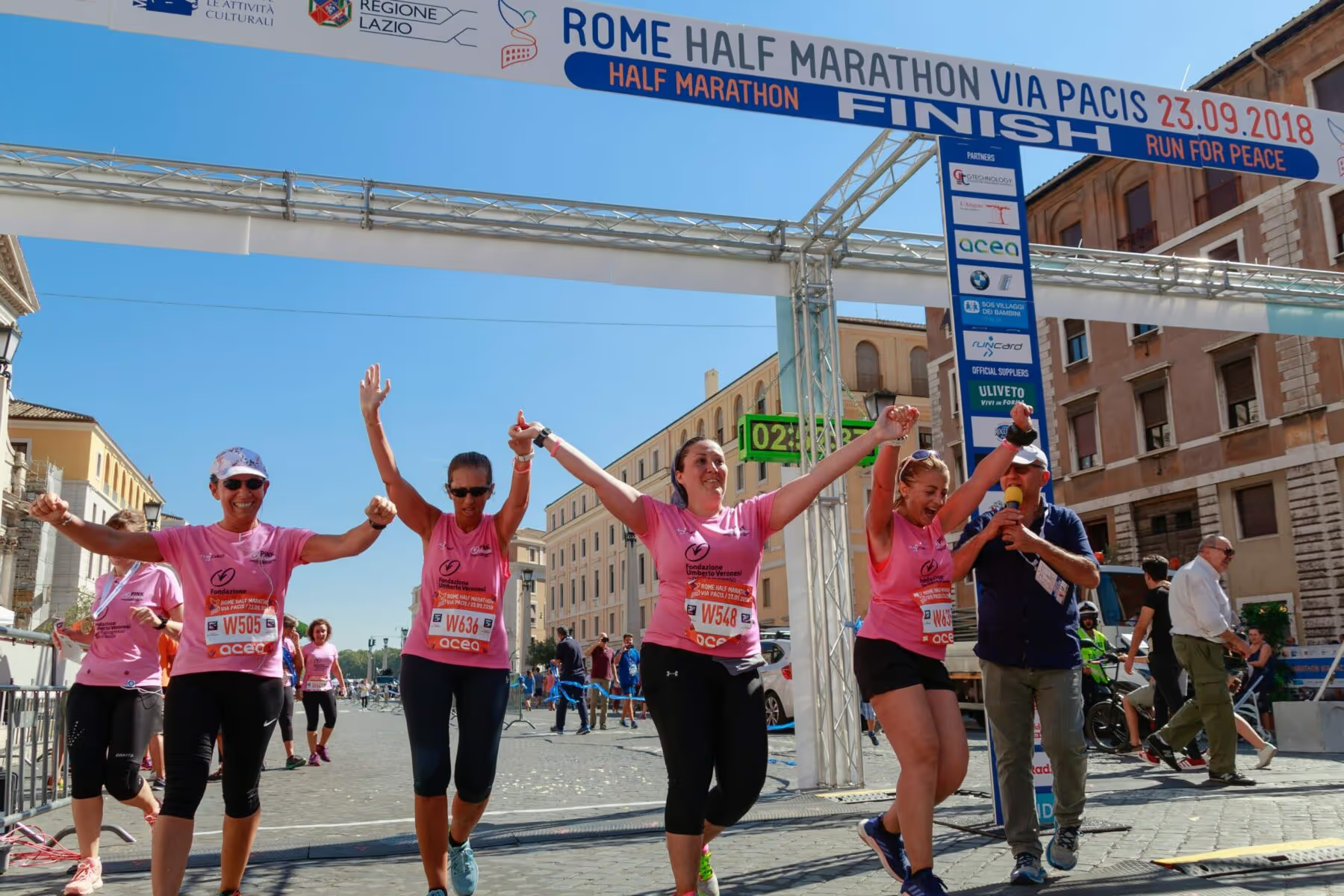


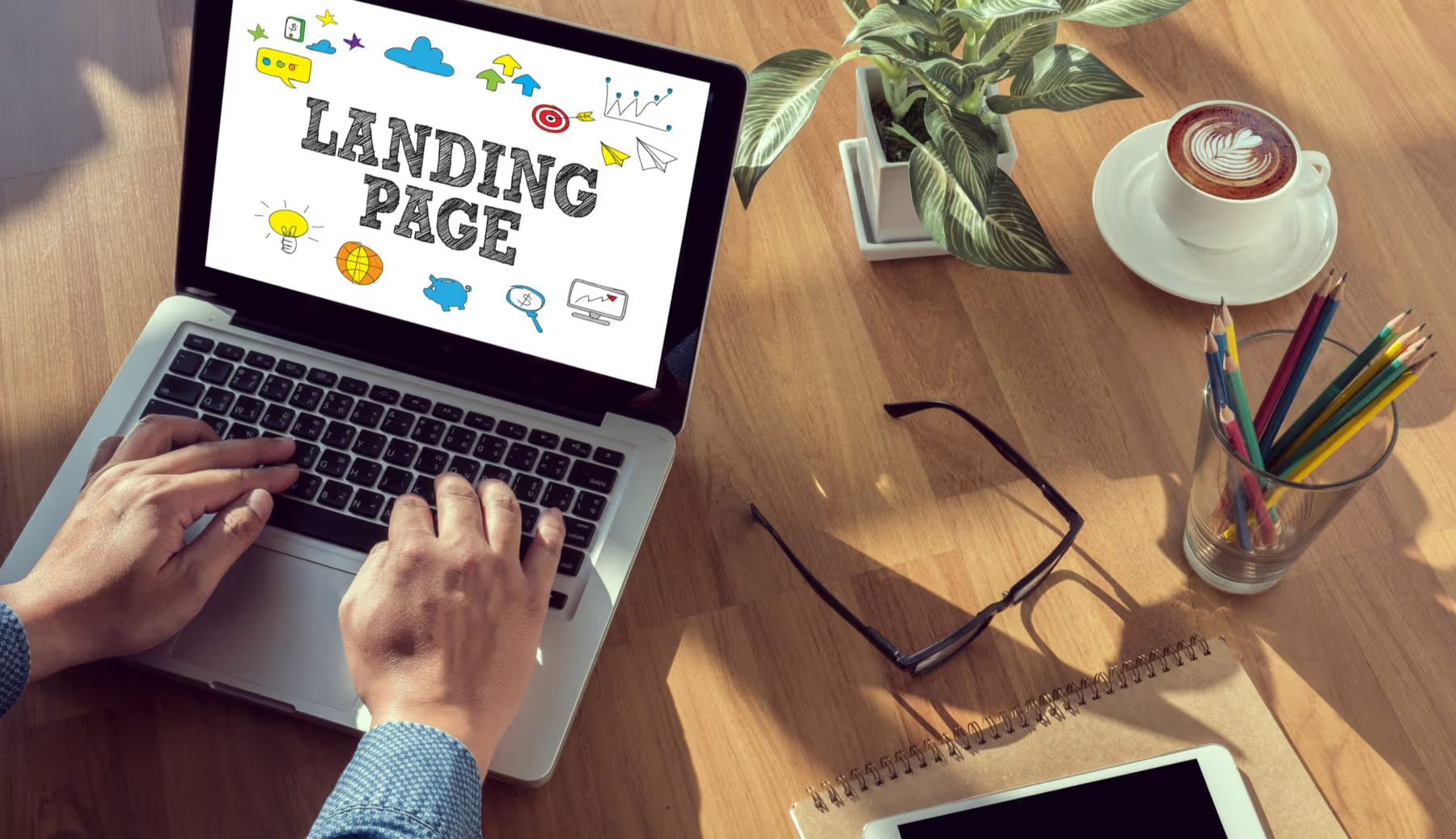
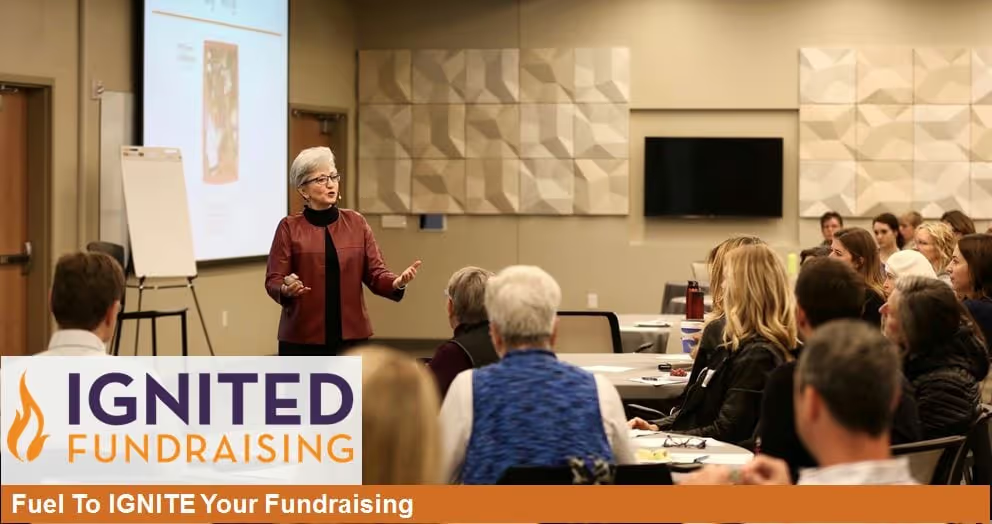

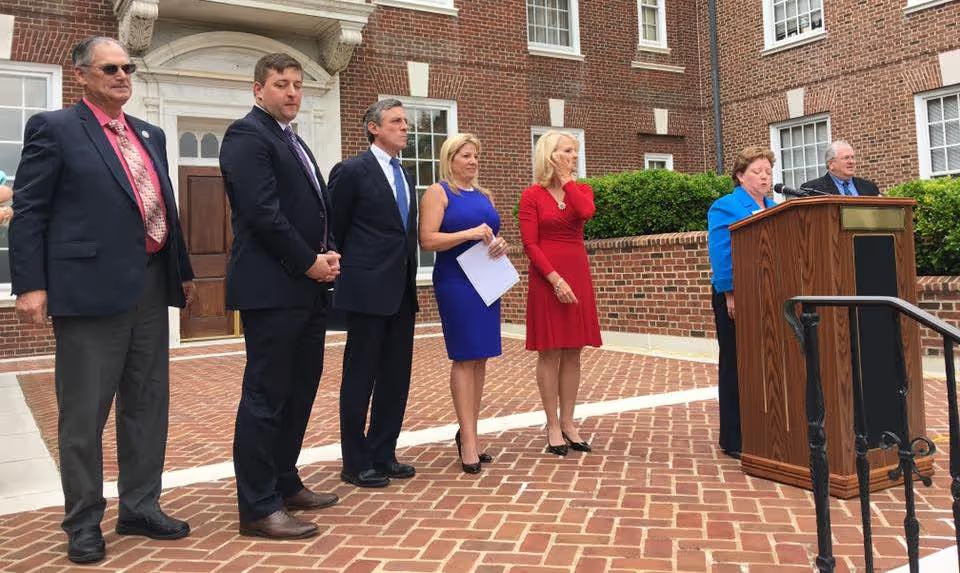
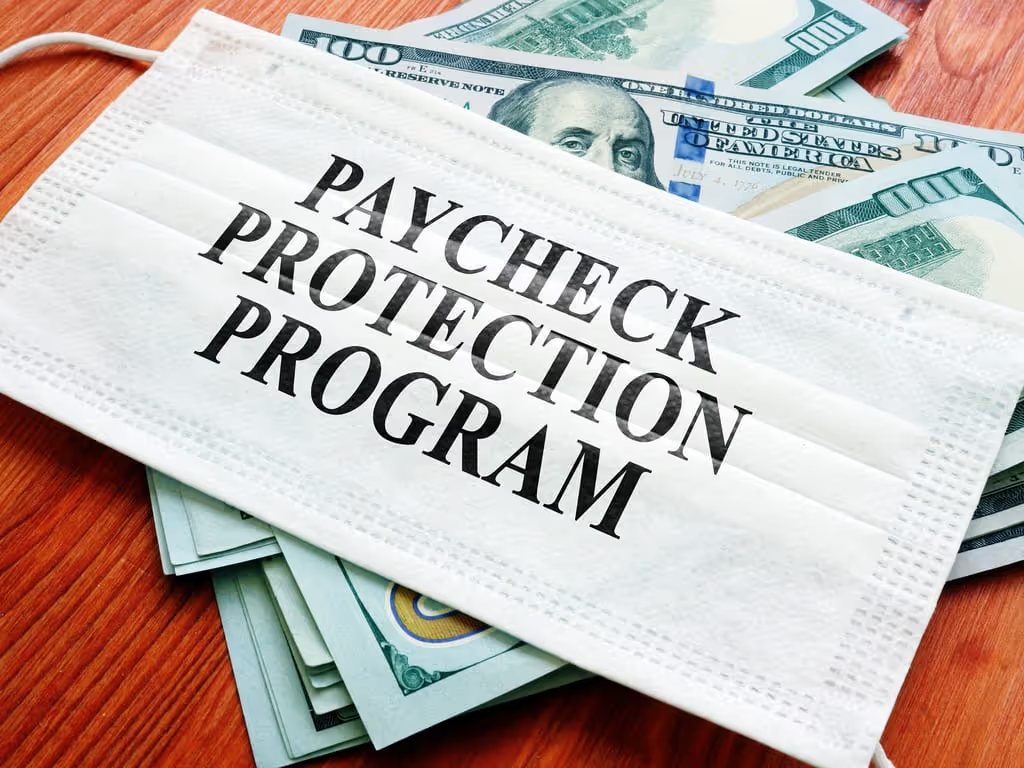
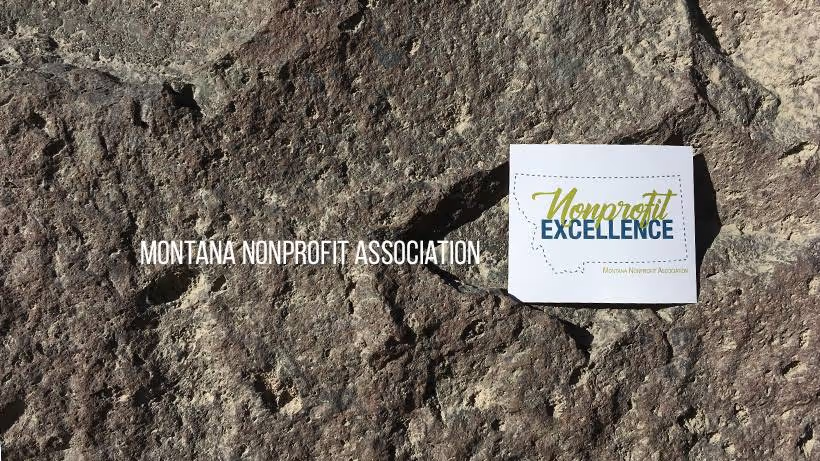
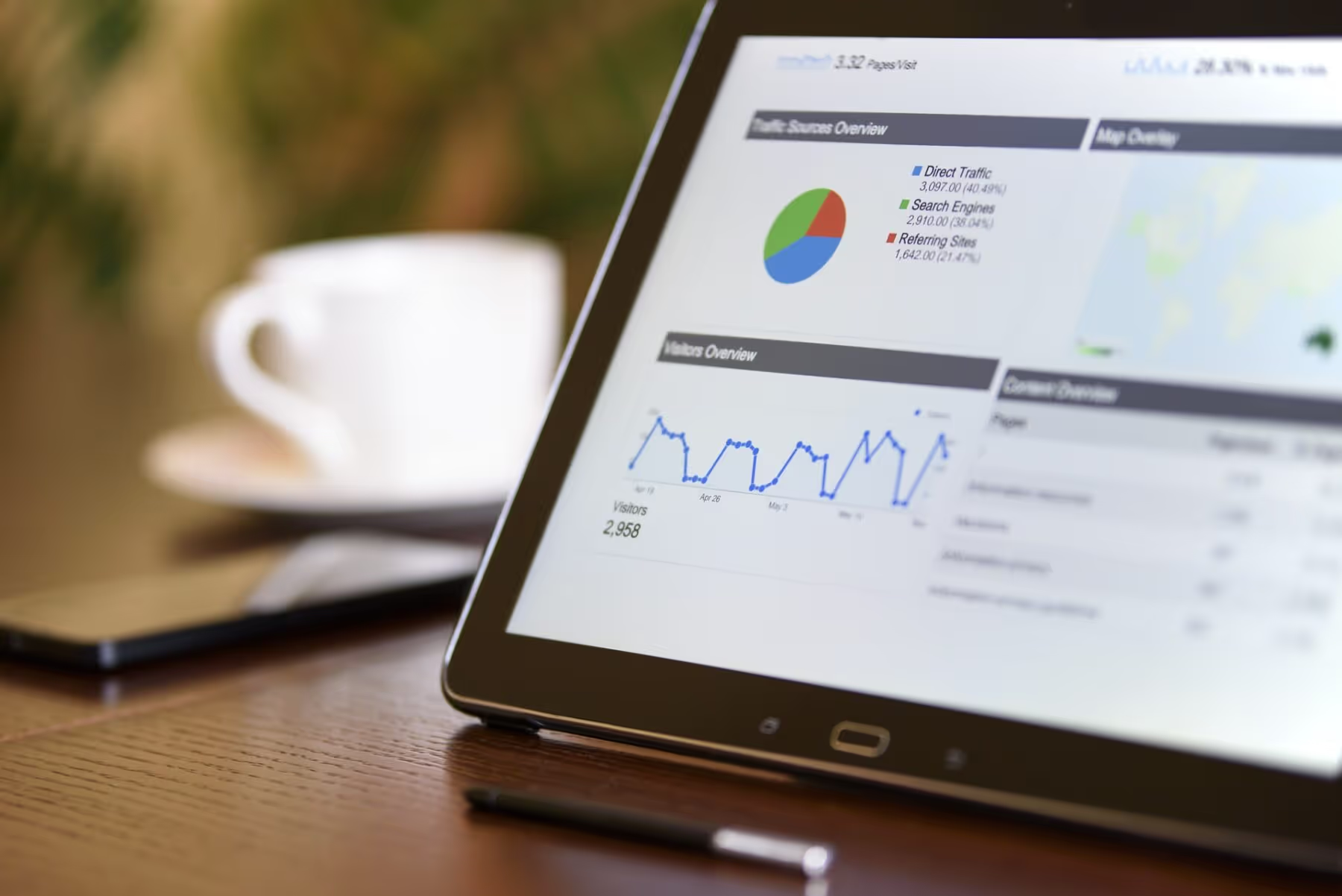


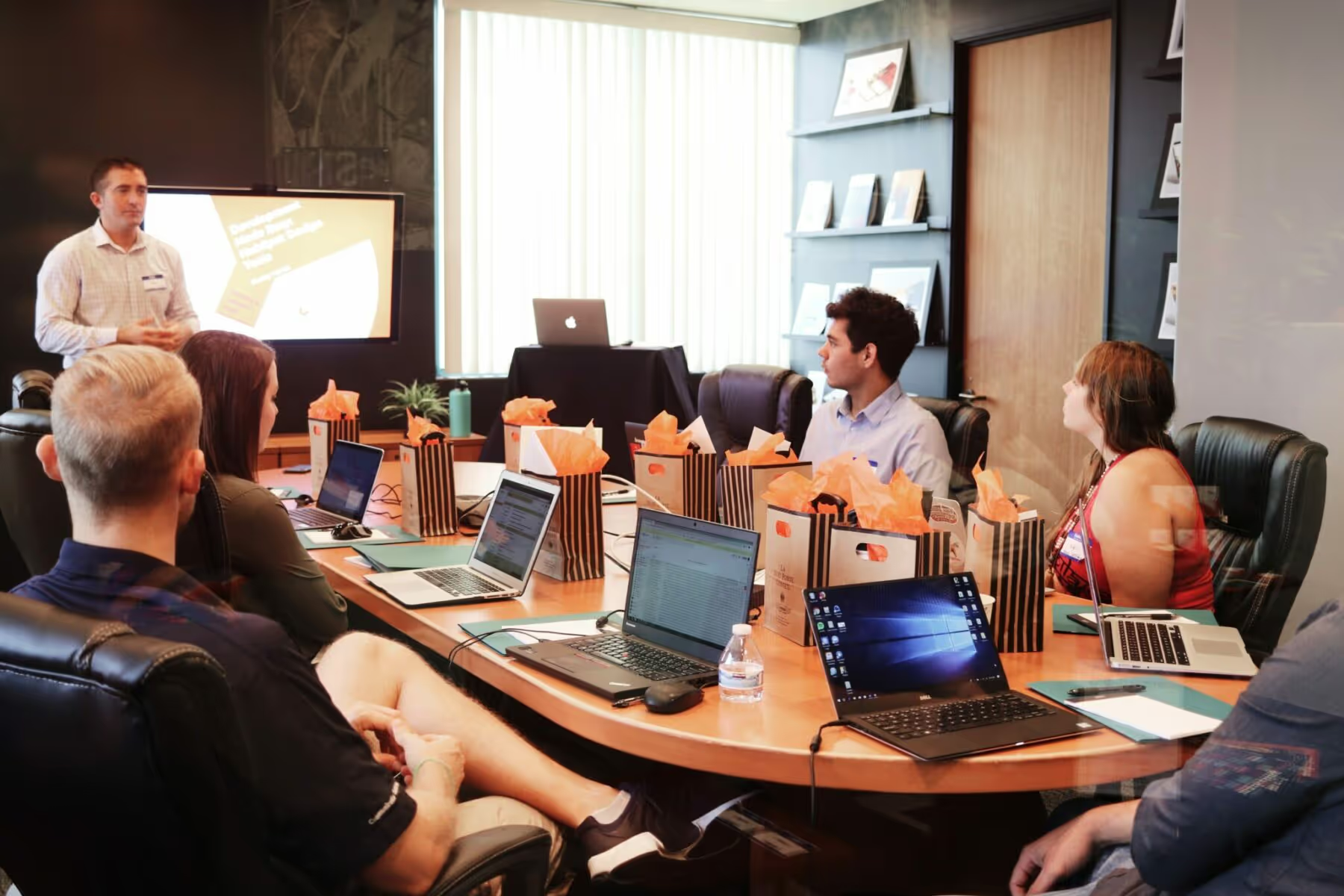



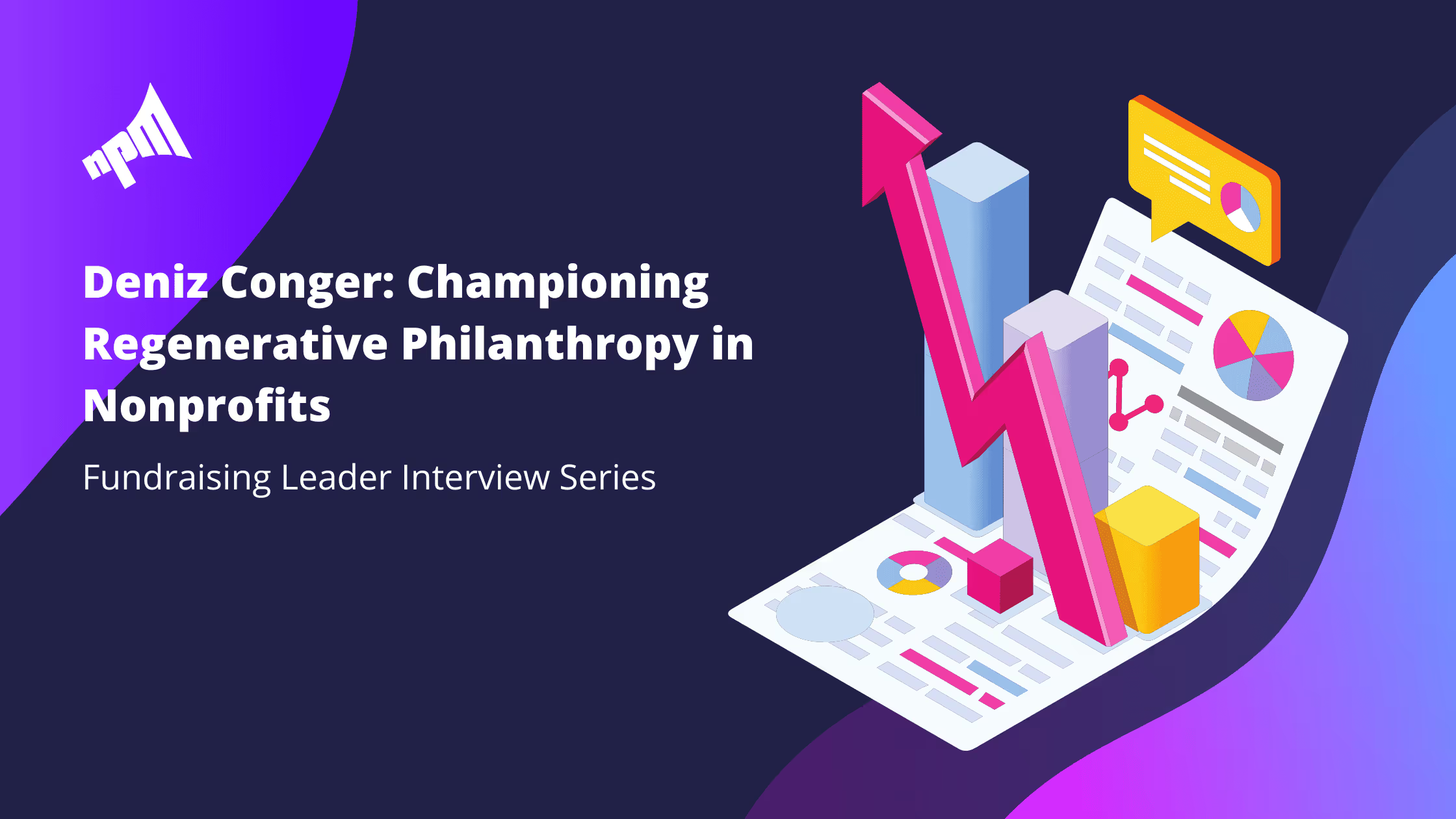


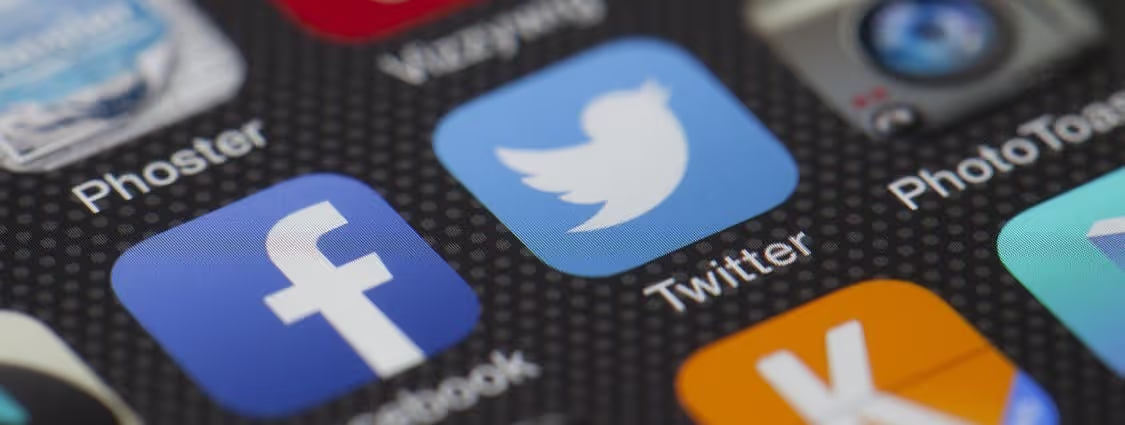







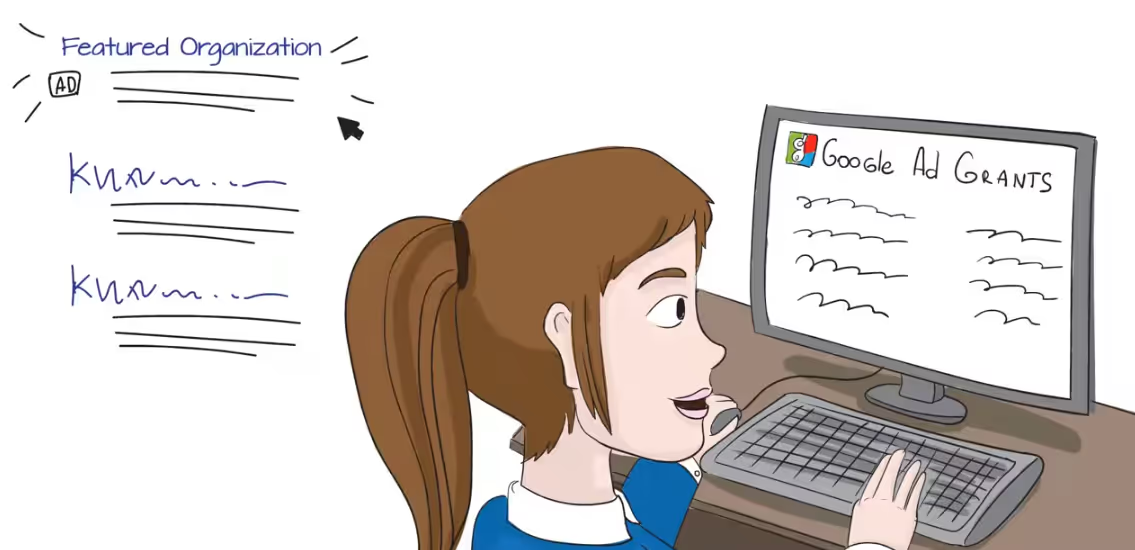

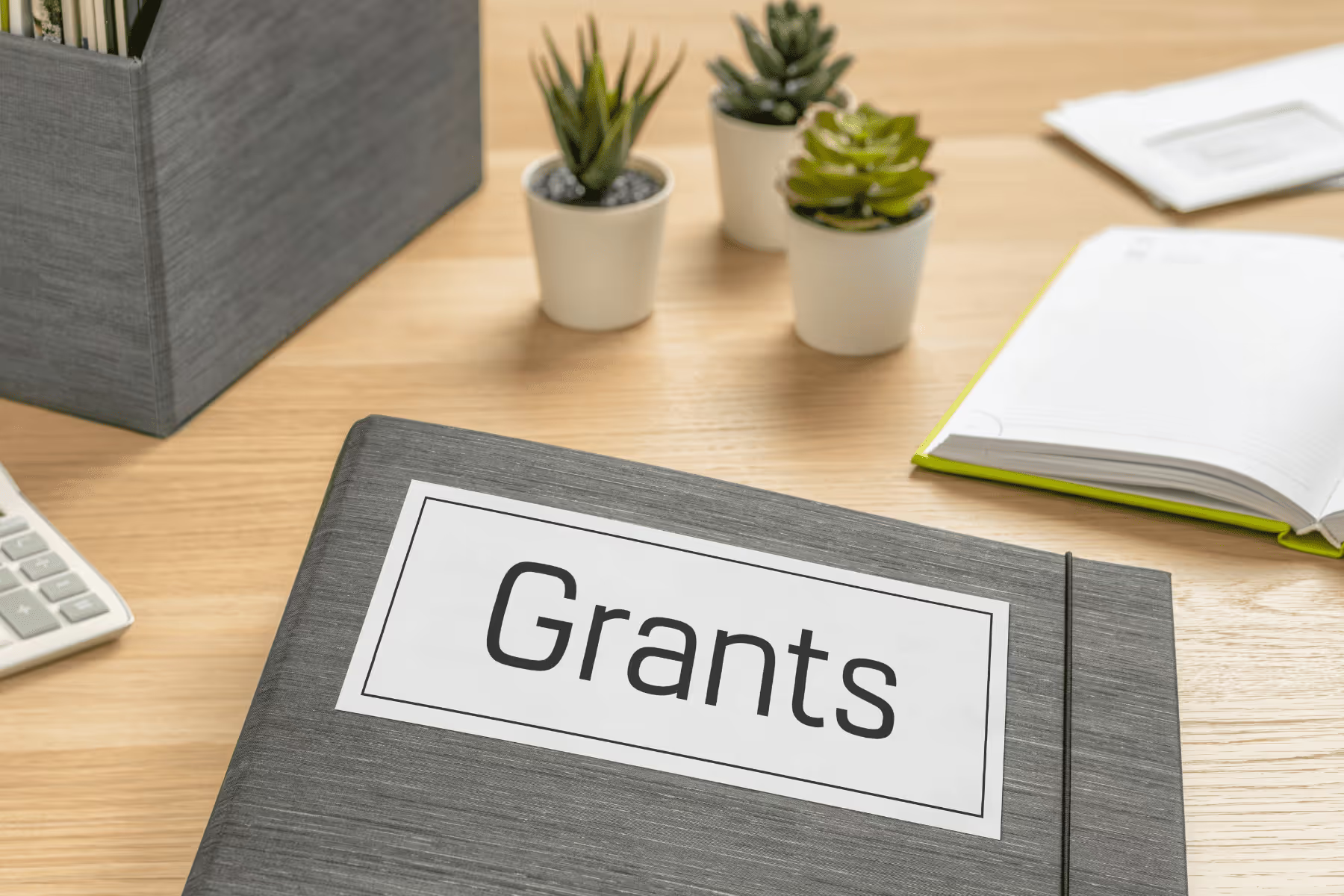
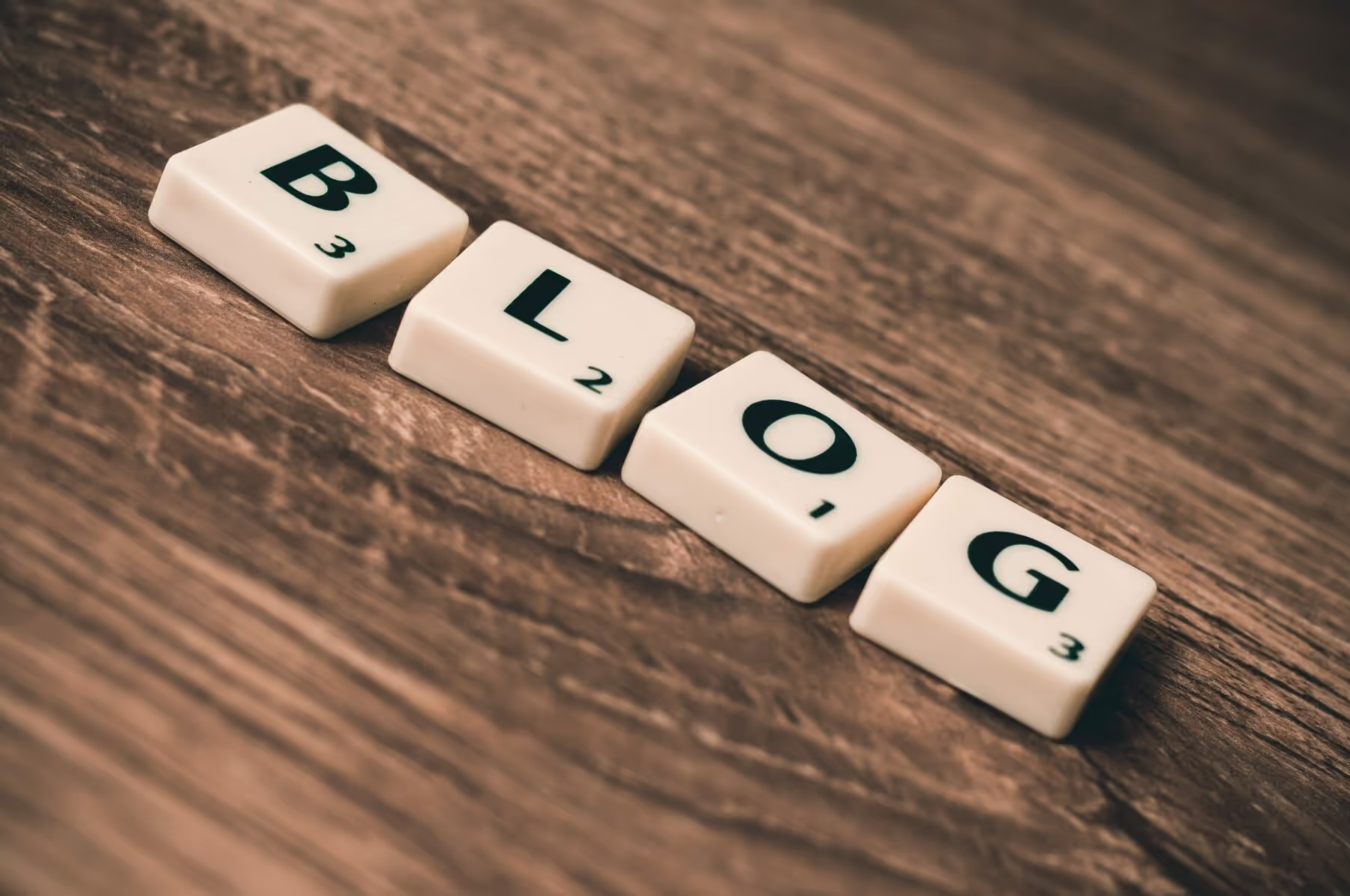

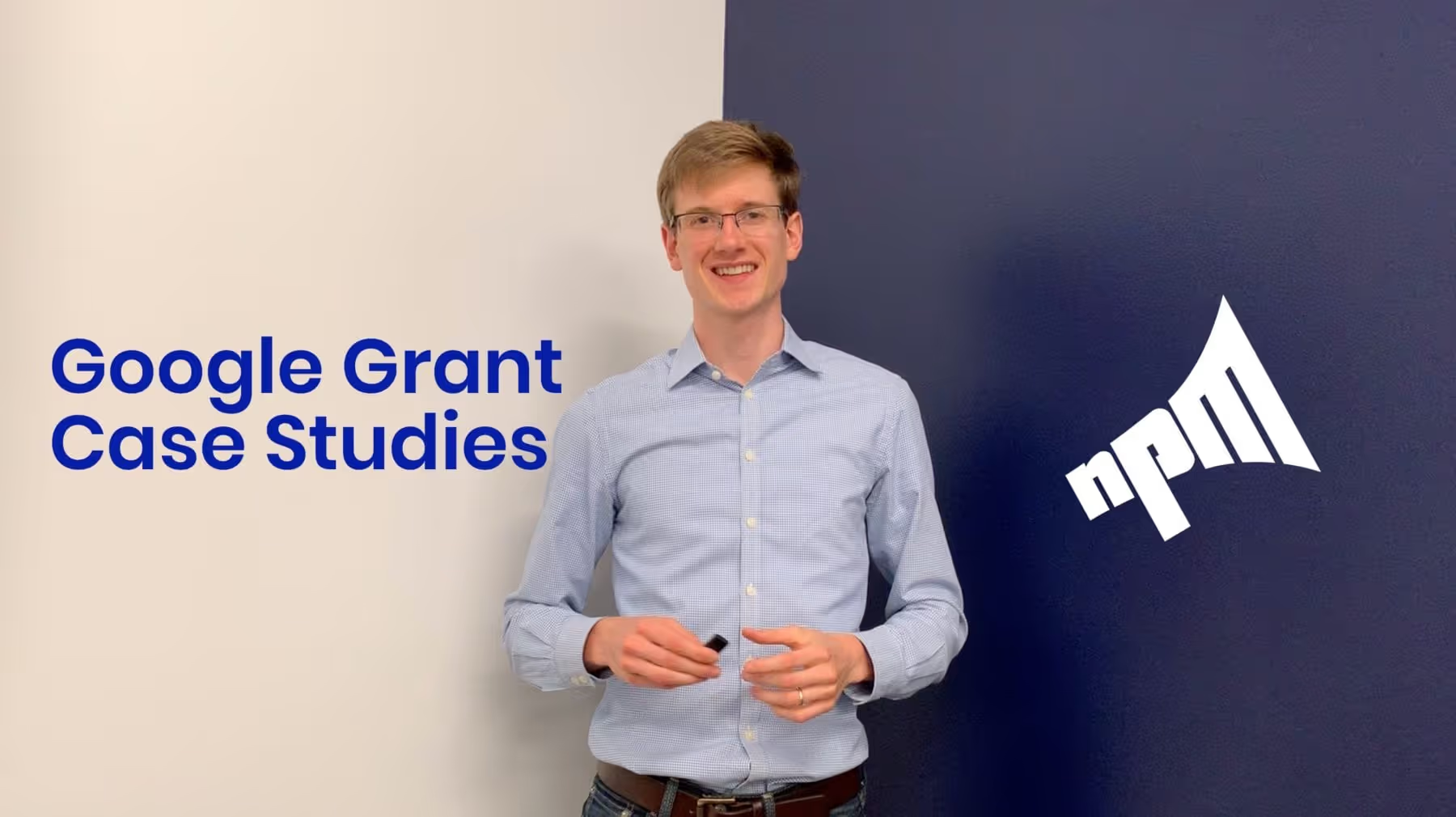


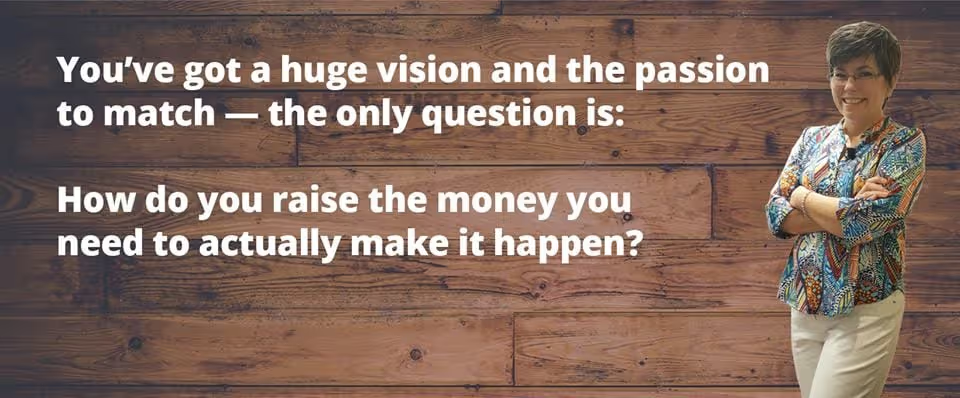





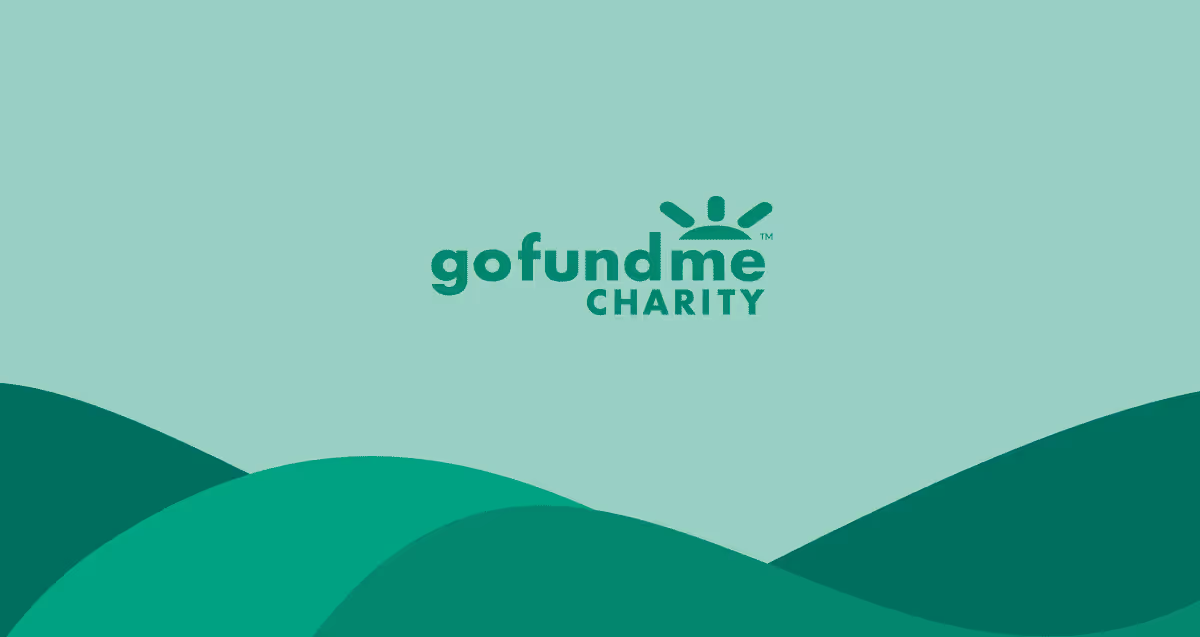

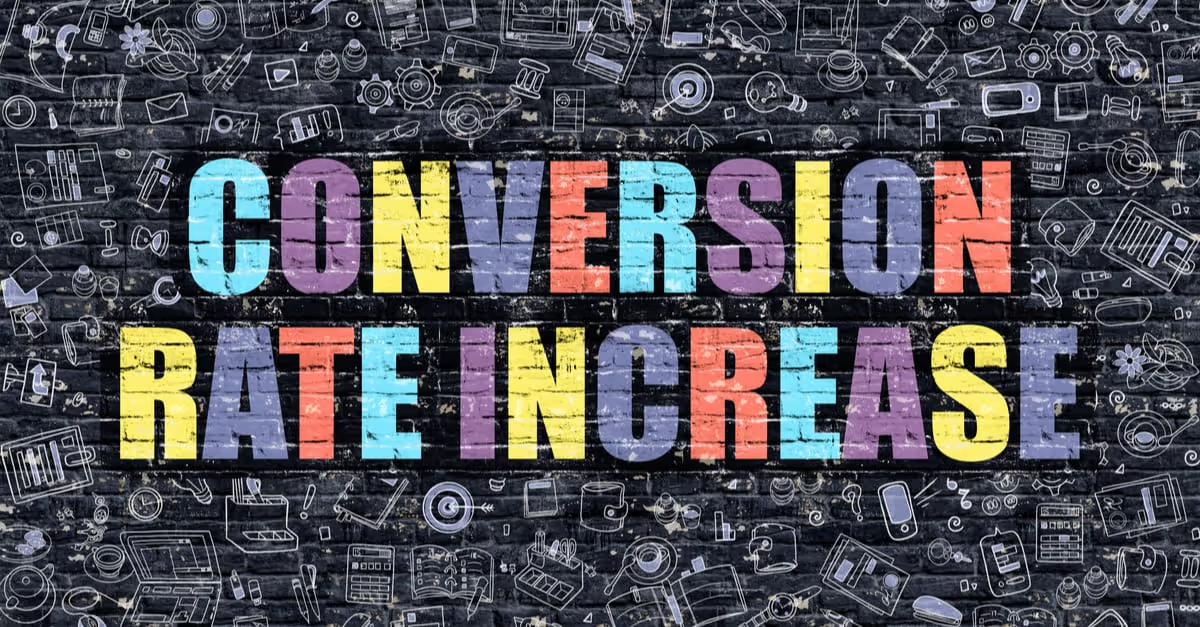










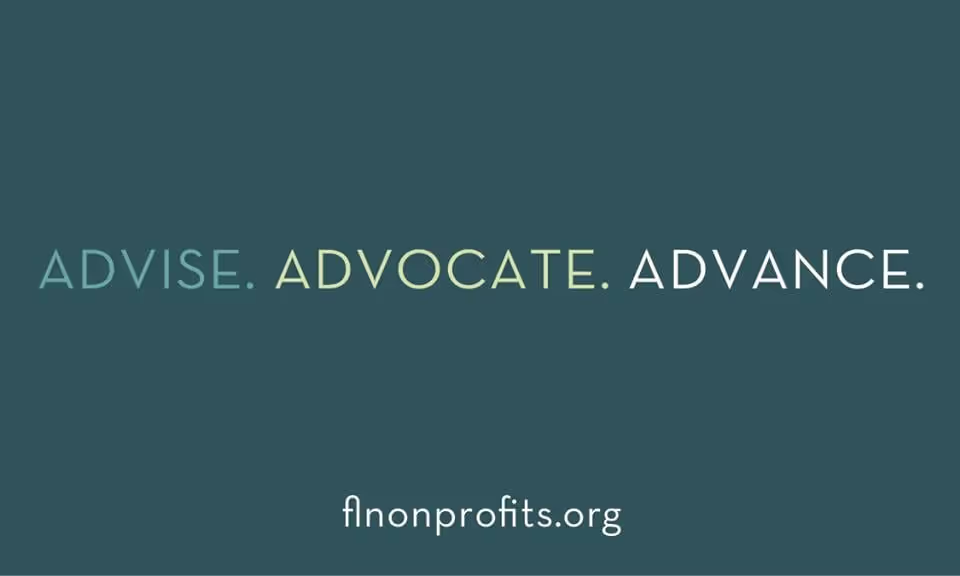
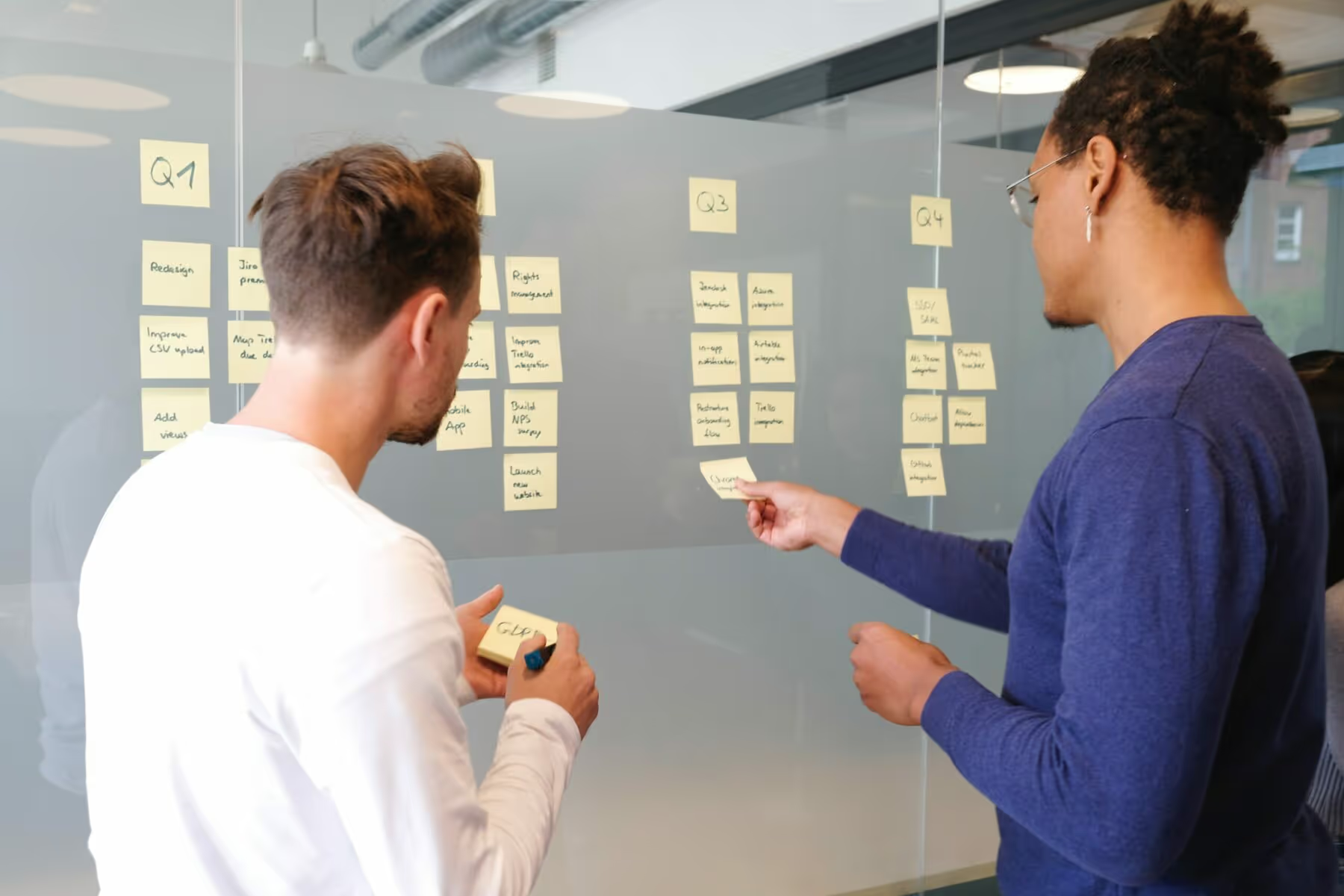
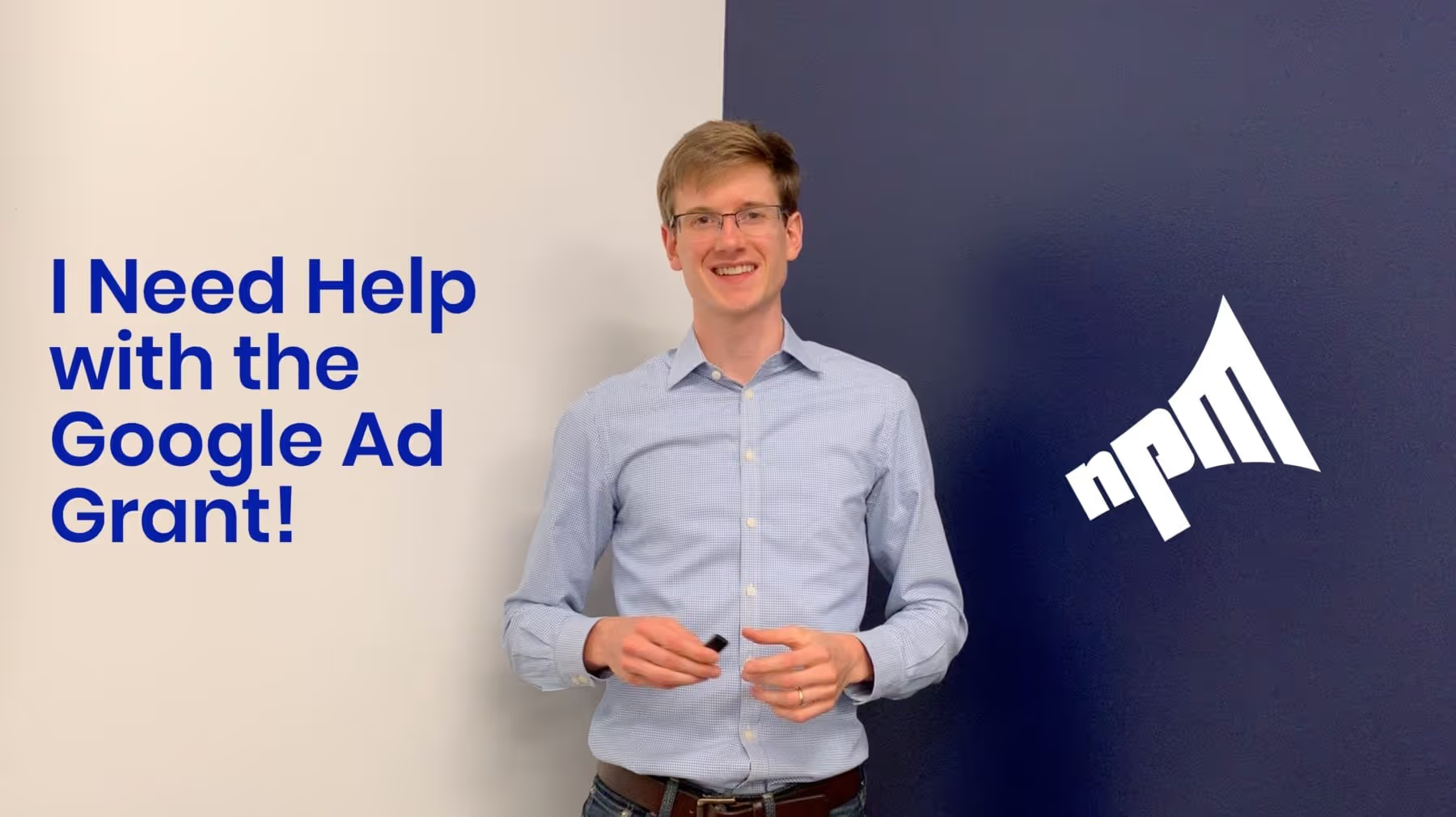






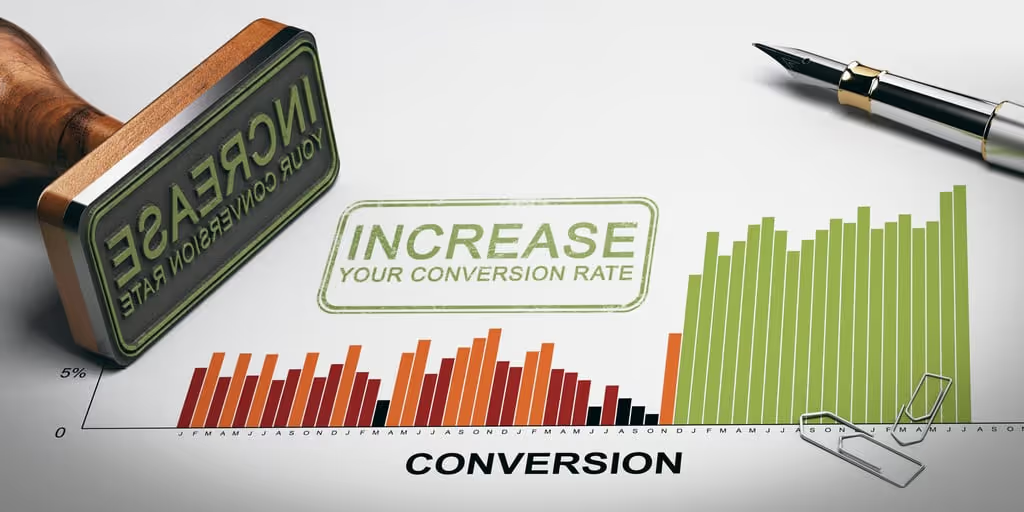


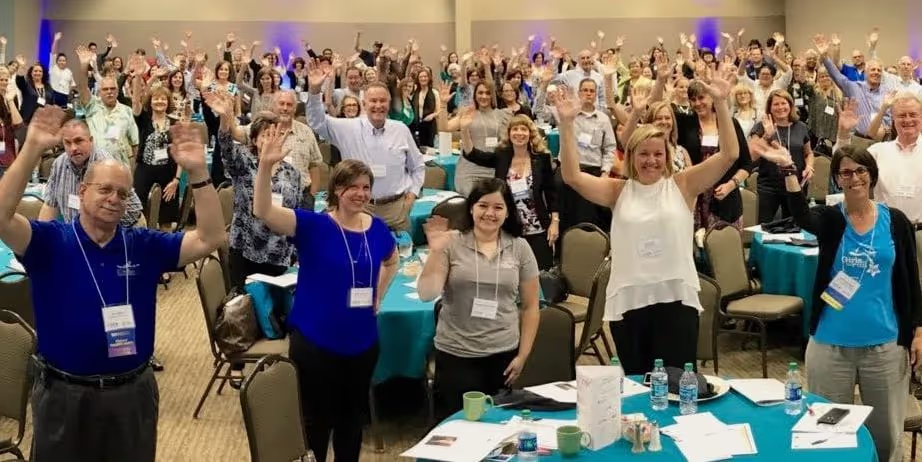





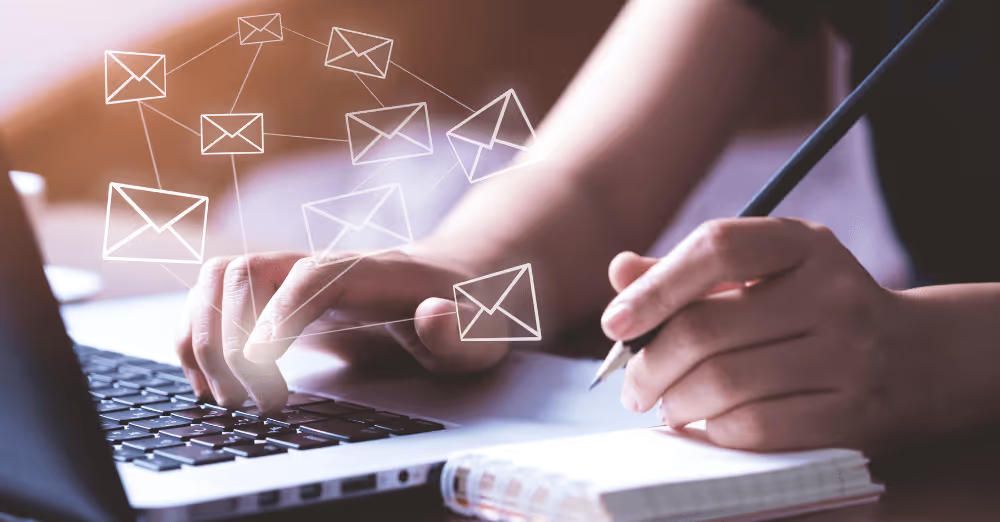
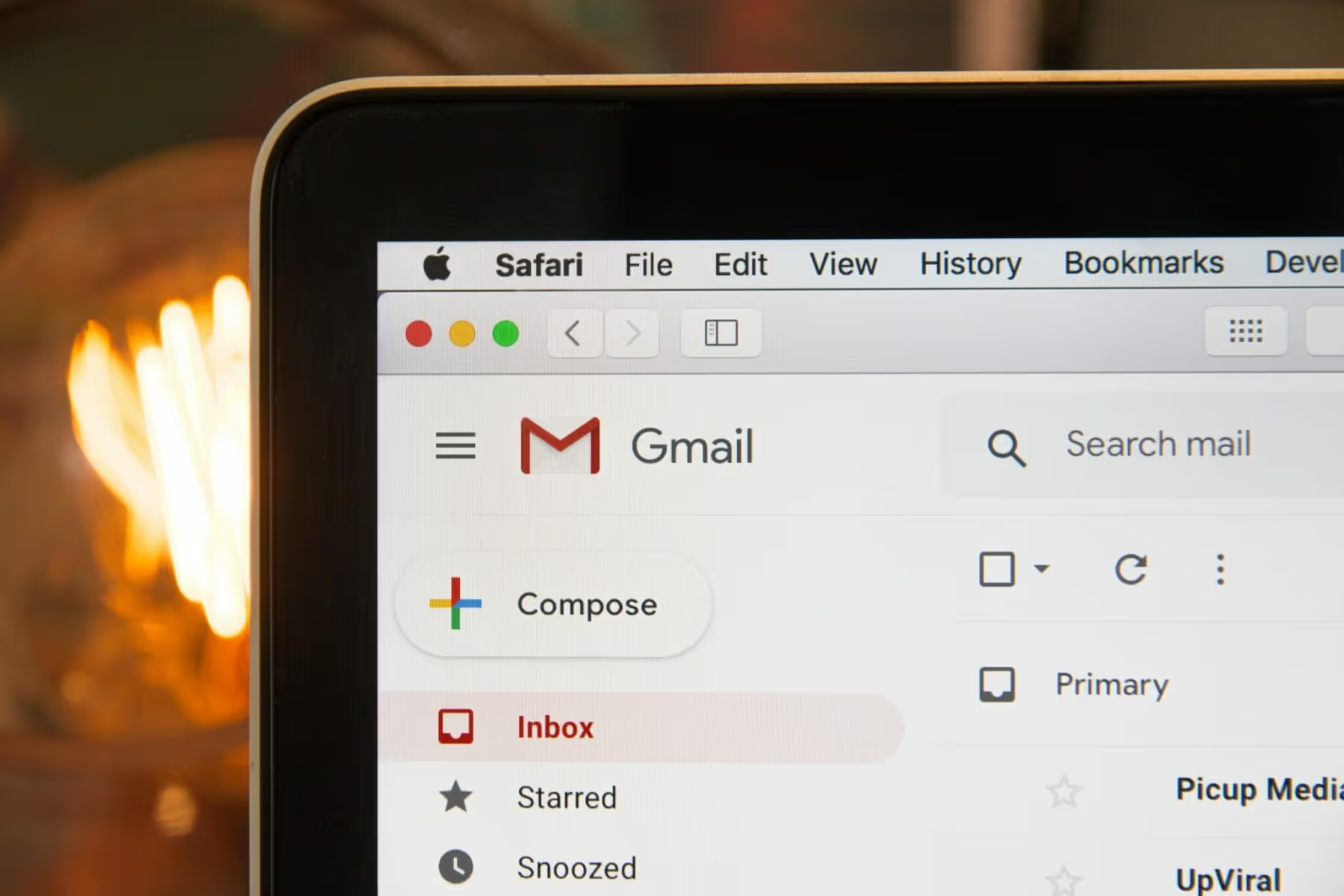

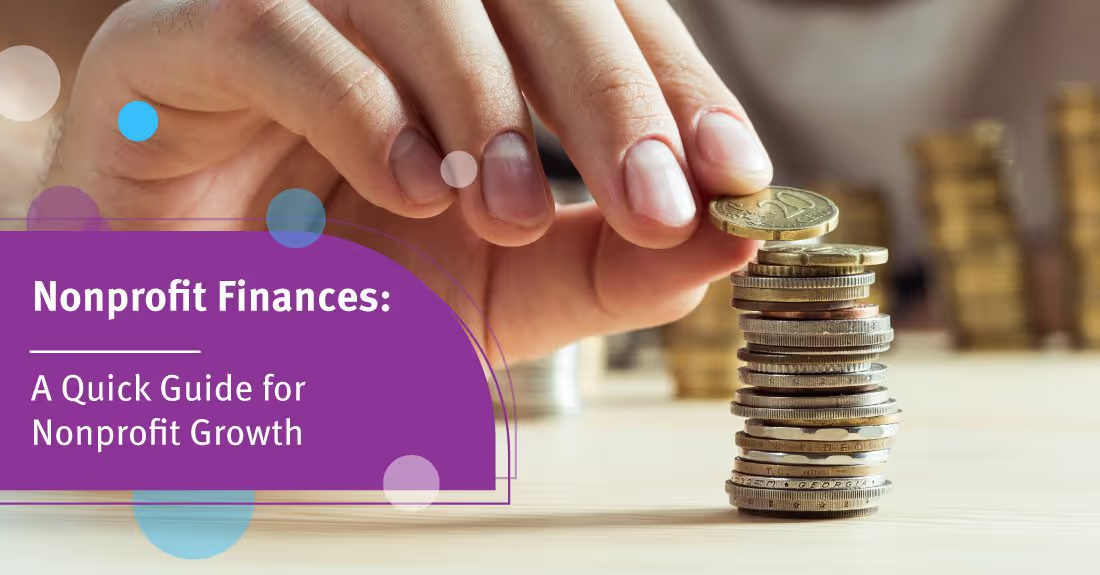
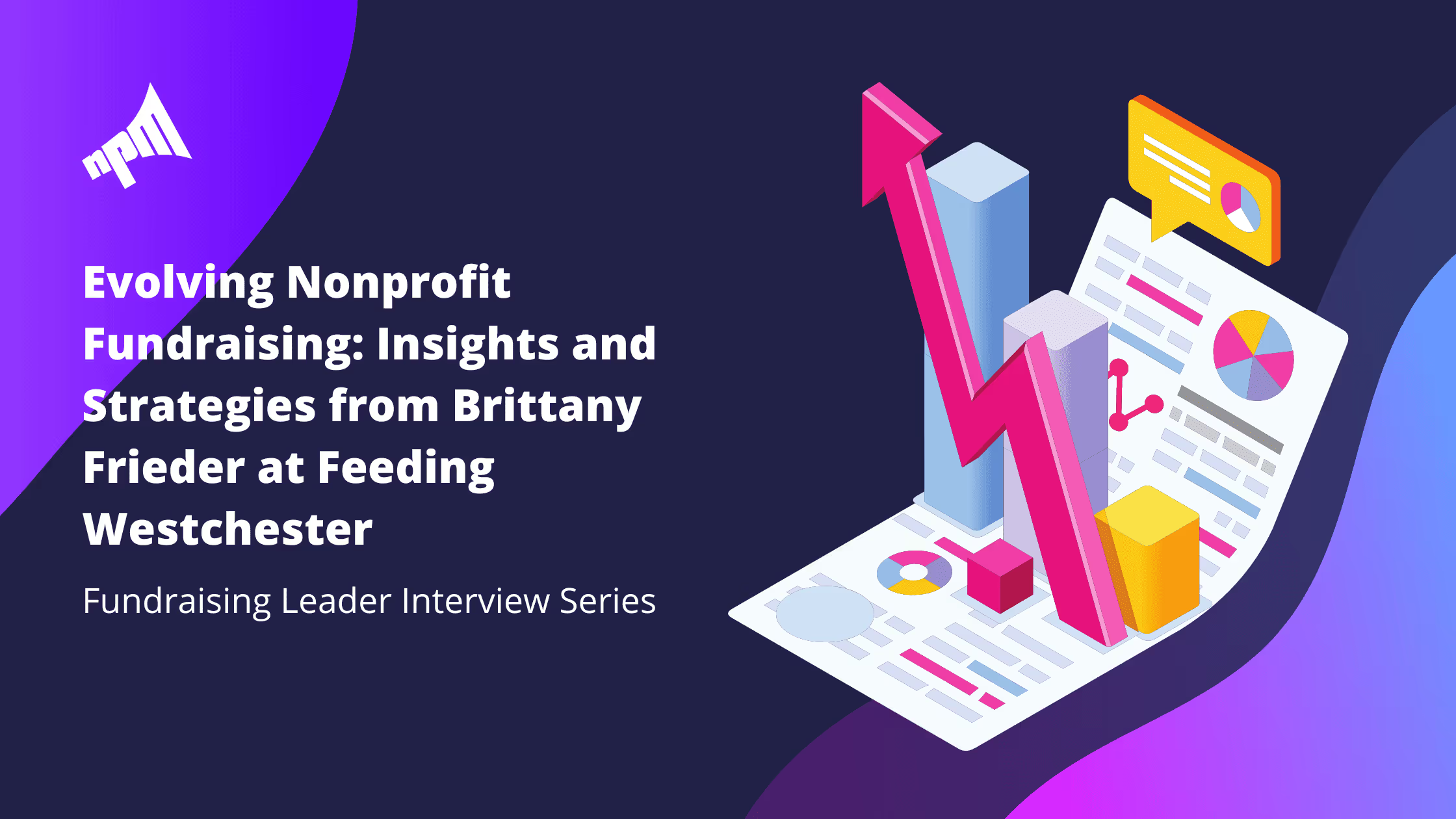

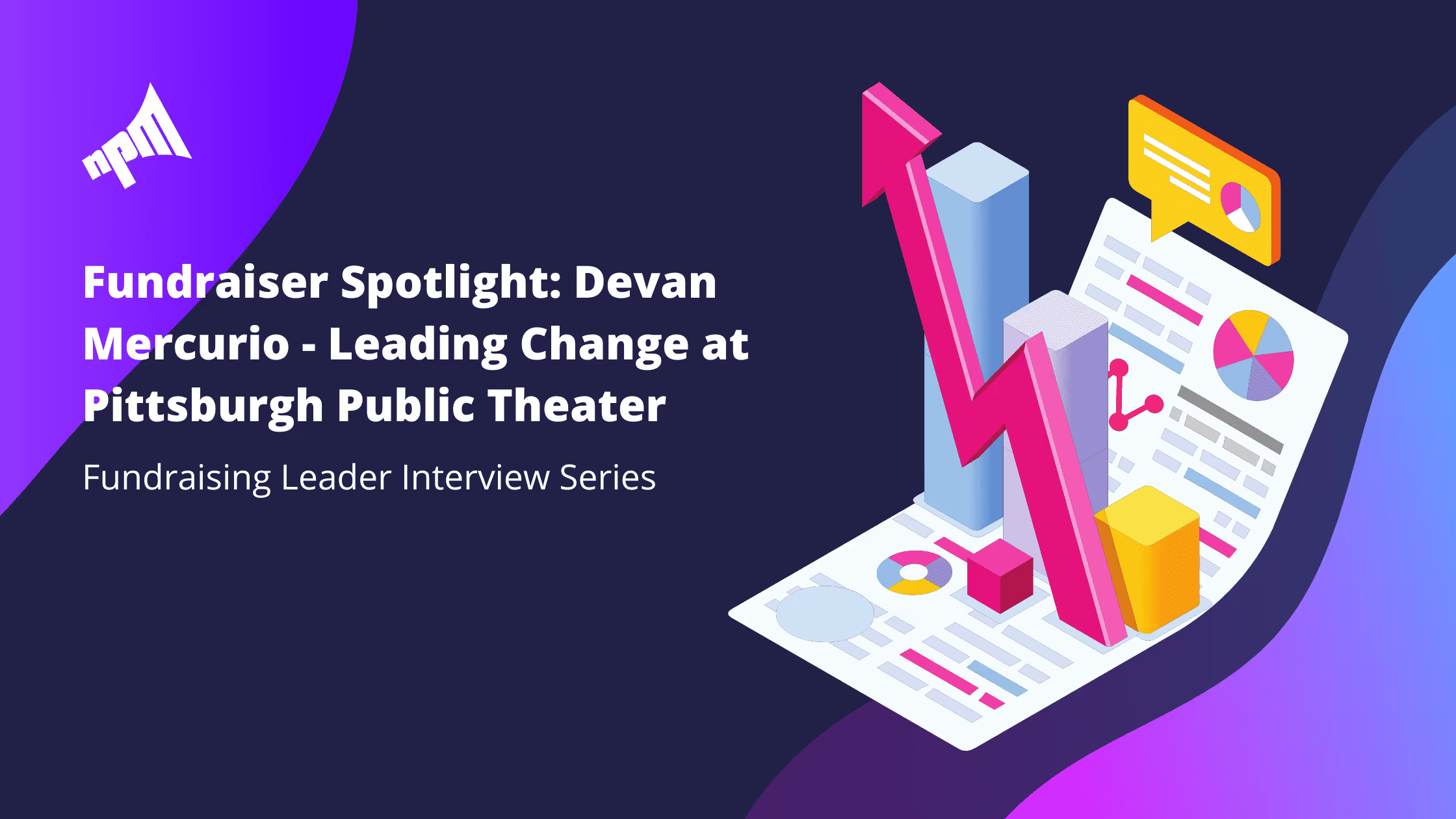

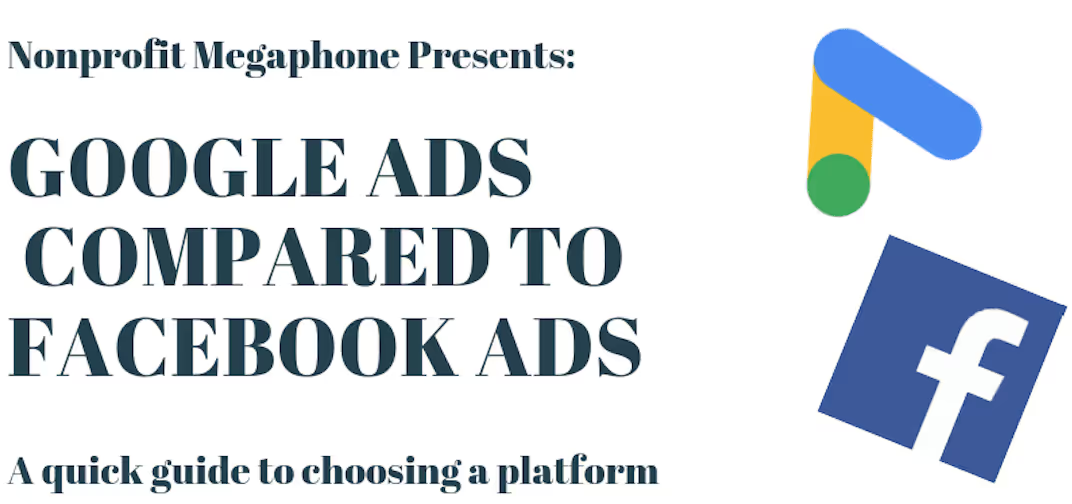
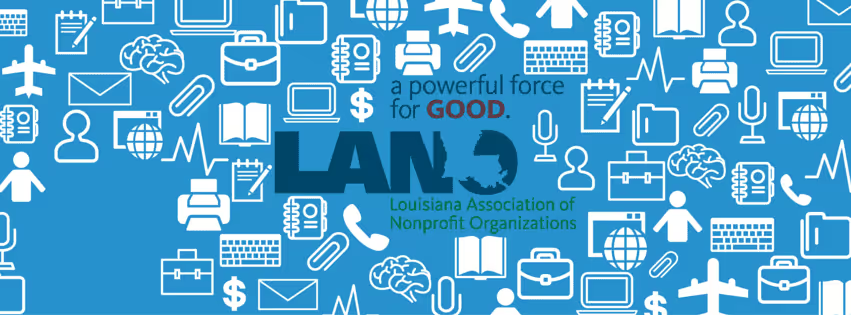


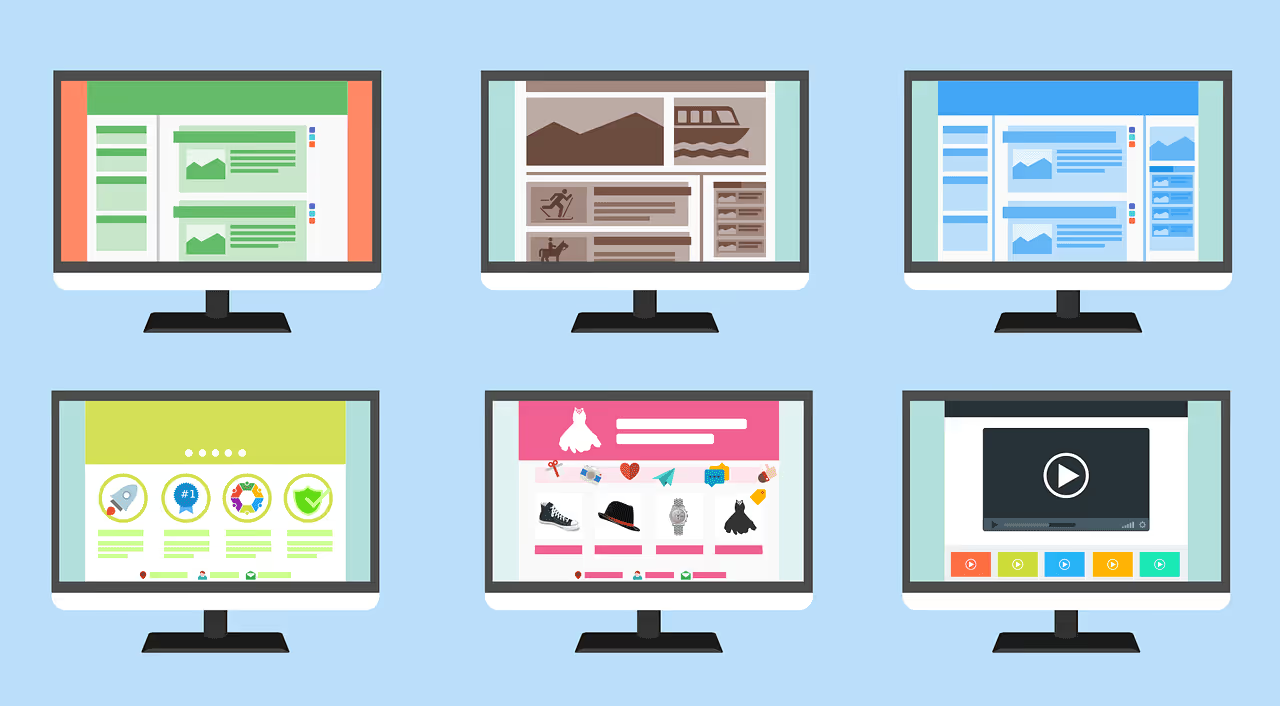
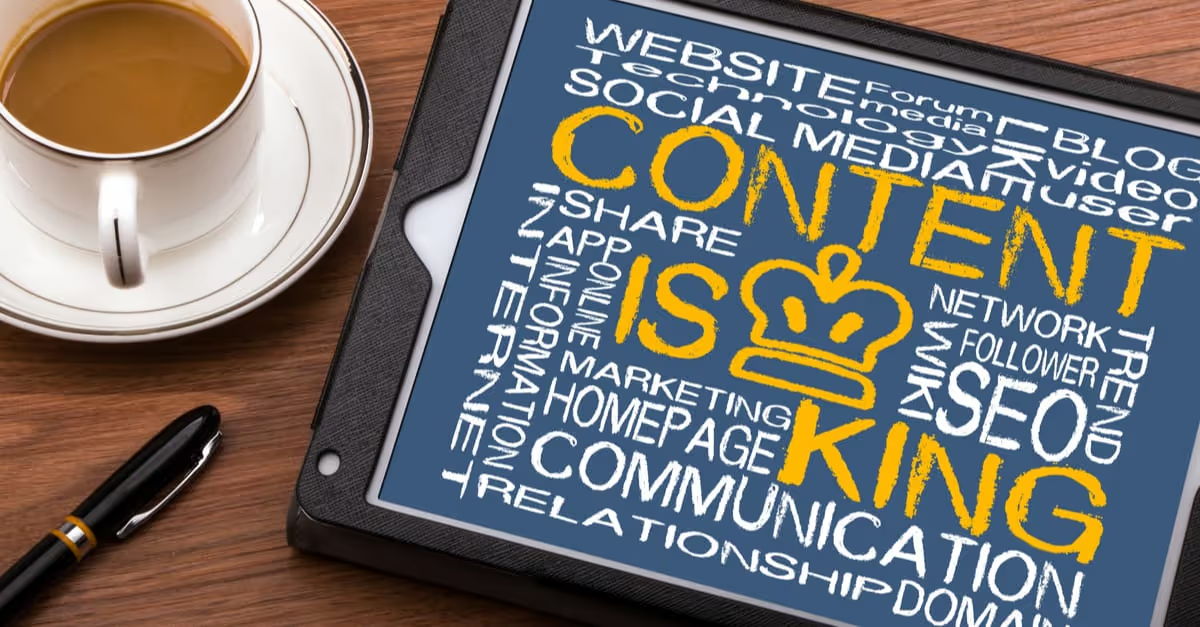


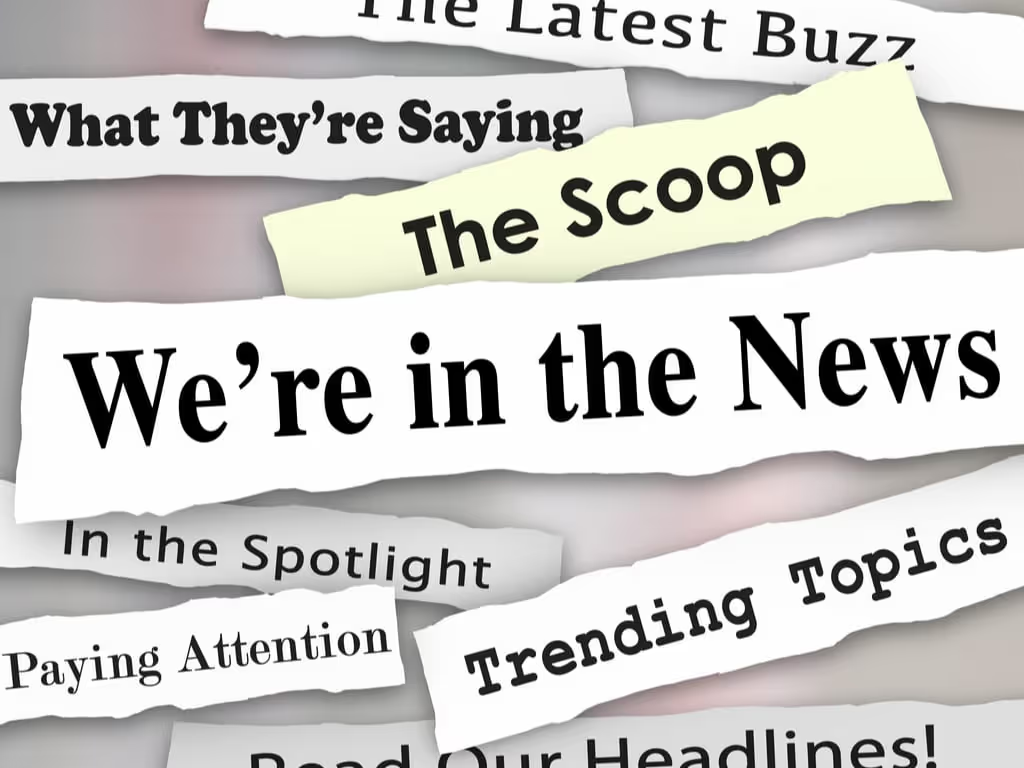
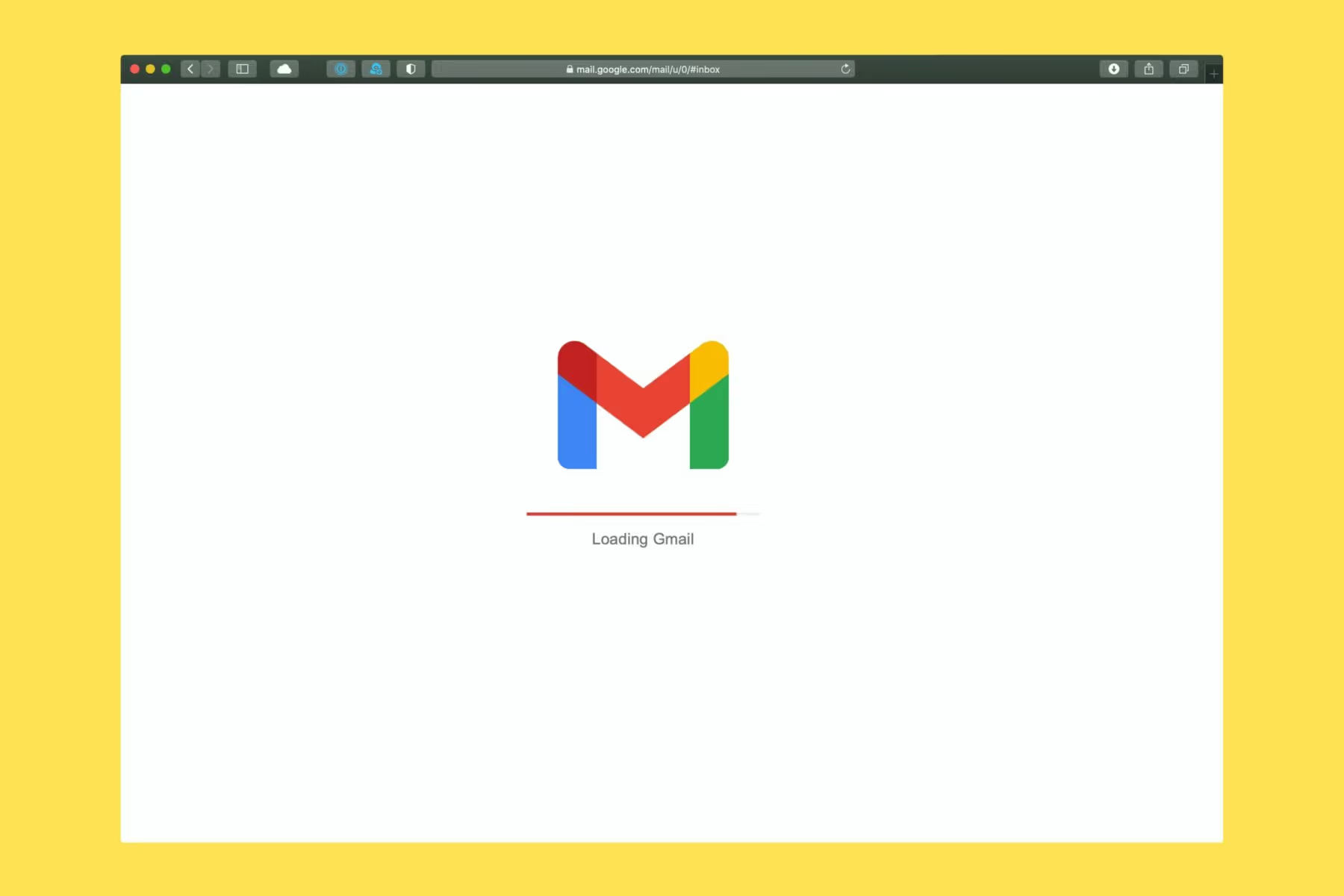


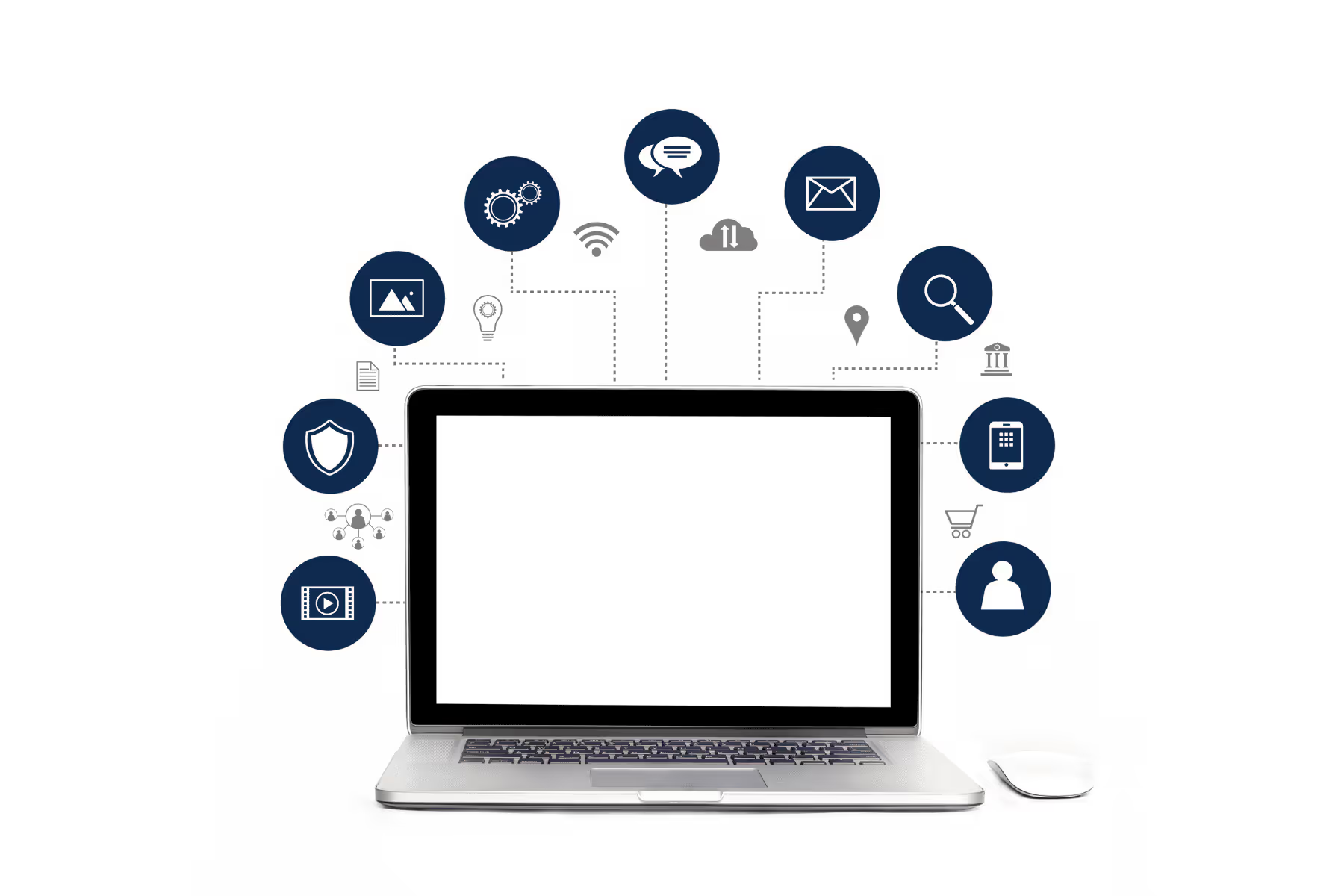
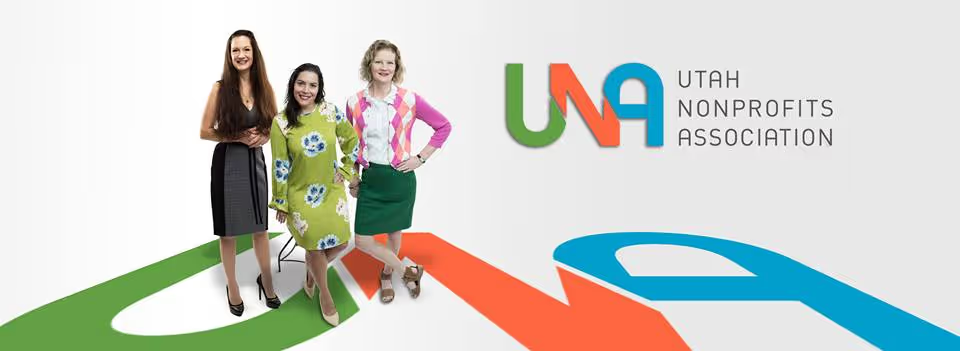


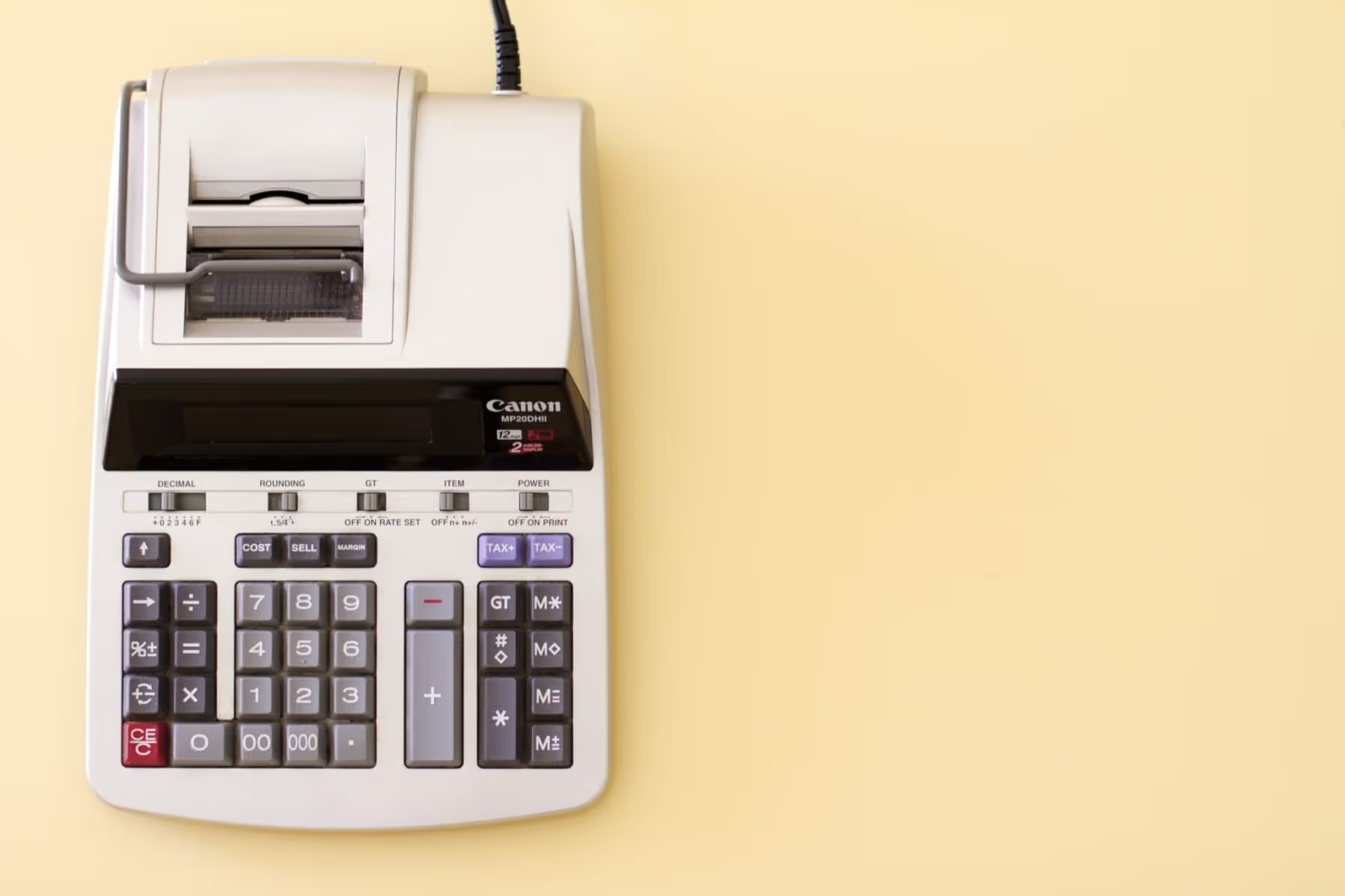
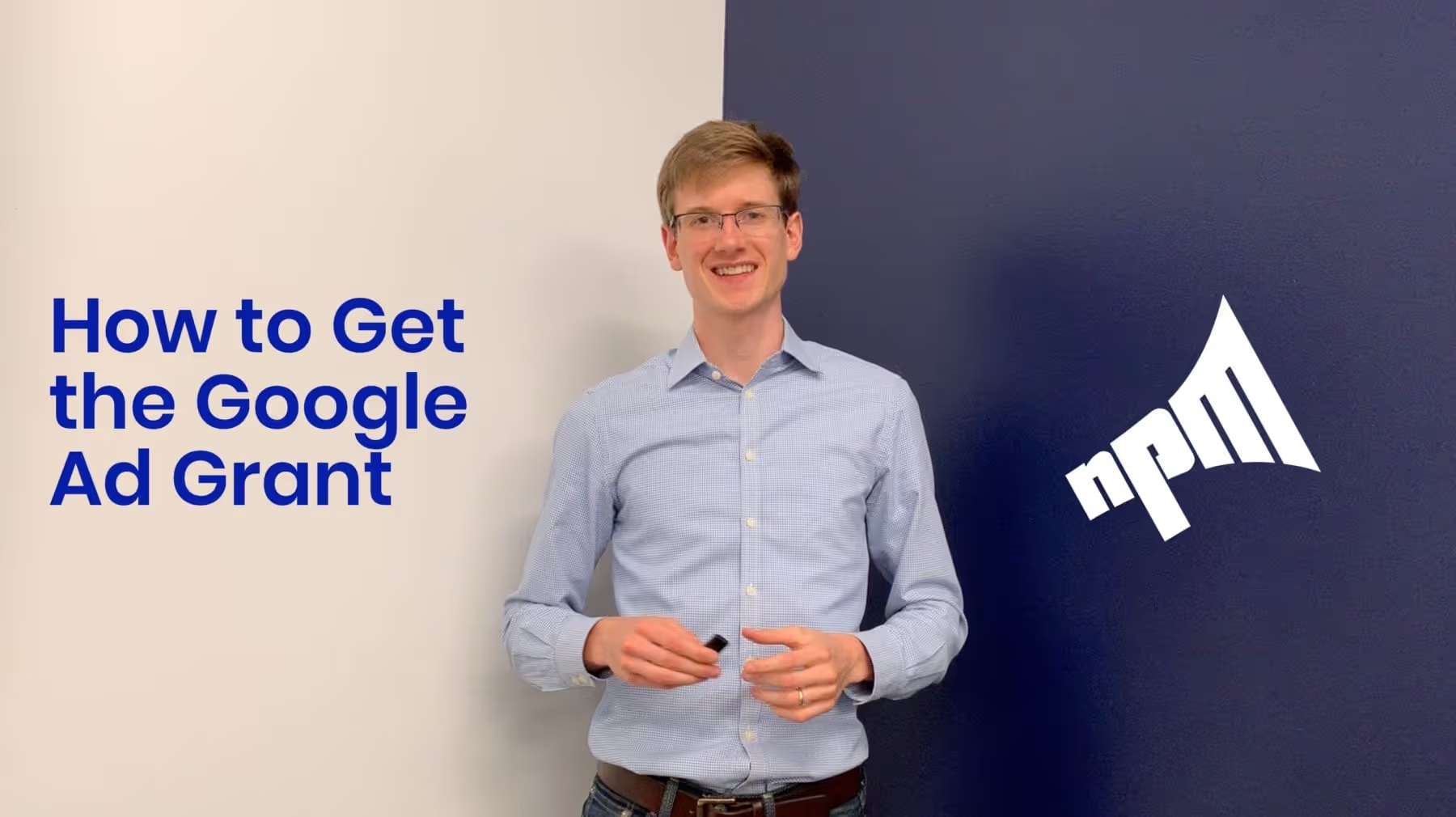




.svg)
.svg)
.svg)
.svg)